Browse
By Subject: Genocide History
View: By Date | Alphabetical | eBooks | Paperbacks
-
eBook available
 Published December 2023
Published December 2023 After Liberation
Toward a Sociology of the Shoah
Selected EssaysAdler, H. G.
This collection gathers together, for the first time in English, some of H.G. Adler’s most important scholarly essays on the Shoah and connected themes. Spanning his thought across three decades they focus on the fate of the ‘coerced’ human being and reflect on freedom, enslavement, terror, dread, charisma, loneliness, and ideology.
Subjects: Genocide History Jewish Studies History: World War II
Hb -
 Forthcoming April 2026
Forthcoming April 2026 The Afterlives of Tamil Tigers
Fighters’ Memories of War and Survival
Mantovan, G.
Through the testimonies of war, defeat, and survival from veterans of the Liberation Tigers of Tamil Eelam (LTTE) now exiled in France, Giacomo Mantovan sheds light on the production of self and subjectivity within a revolutionary and authoritarian organisation, and contributes to debates on compliance, resistance, and political agency under authoritarian regimes.
Subjects: Anthropology (General) Genocide History History: 20th Century to Present Sociology
-
eBook available
 Published January 2016
Published January 2016 The Anatomy of Murder
Ethical Transgressions and Anatomical Science during the Third Reich
Hildebrandt, S.
Of the many medical specializations to have been transformed by the rise of National Socialism, anatomy has received little attention. As historian and physician Sabine Hildebrandt reveals, anatomists progressed through gradual stages of ethical transgression; in some cases, the traditional model of working with deceased bodies gave way to experimentation with the “future dead.”
Subjects: History: World War II Genocide History
Hb
Paperback available -
eBook available
 Published November 2019
Published November 2019 The Anatomy of the Holocaust
Selected Works from a Life of Scholarship
Hilberg, R.
Pehle, W. H. & Schlott, R. (eds)Historian Raul Hilberg produced a variety of archival research, personal essays, and other works over a career that spanned half a century. The Anatomy of the Holocaust collects some of Hilberg’s most essential and groundbreaking writings—many of them published in obscure journals or otherwise inaccessible to nonspecialists—in a single volume.
Subjects: Genocide History Jewish Studies
Hb
Paperback available -
 Published April 2015
Published April 2015 Anxious Histories
Narrating the Holocaust in Jewish Communities at the Beginning of the Twenty-First Century
Silverstein, J.
Over the last 70 years, memories and narratives of the Holocaust have played a significant role in constructing Jewish communities. This book explores one field where these narratives are disseminated: Holocaust pedagogy in Jewish schools in Melbourne and New York.
Subjects: Genocide History Jewish Studies
Hb
Paperback available -
 Published December 2013
Published December 2013 The Armenian Genocide
Evidence from the German Foreign Office Archives, 1915-1916
Gust, W. (ed)
The 1915-1916 annihilation of the Armenians was the archetype of modern genocide, in which a state adopts a specific scheme geared to the destruction of an identifiable group of its own citizens. Official German diplomatic documents are of great importance in understanding the genocide, as only Germany had the right to report day-by-day in secret code about the ongoing genocide. The motives, methods, and after-effects of the Armenian Genocide echoed strongly in subsequent cases of state-sponsored genocide. Studying the factors that went into the Armenian Genocide not only gives us an understanding of historical genocide, but also provides us with crucial information for the anticipation and possible prevention of future genocides.
Subjects: Genocide History History: 20th Century to Present
Hb -
eBook available
 Published April 2023
Published April 2023 The Burden of German History
A Transatlantic Life
Jarausch, K. H.
The Burden of Germany History is Konrad H Jarausch’s much anticipated transatlantic autobiography set against the development and transformation of German studies over the past half-century. Using his life story, Jarausch’s concurrent life in the US and Germany brings us a self-critical historiography of a twentieth-century Germany that was wrestling with the responsibility for war and genocide.
Subjects: History: 20th Century to Present Genocide History History: World War II
Hb -
eBook available
 Published May 2020
Published May 2020 Bureaucracy, Work and Violence
The Reich Ministry of Labour in Nazi Germany, 1933–1945
Nützenadel, A. (ed)
In Bureaucracy, Work and Violence, the Reich Ministry of Labor is for the first time systematically illuminated as the bureaucratic arm responsible for the implementation of the National Socialist work doctrine. Historians reveal through pioneering research that the classical administrative apparatuses were far more involved in the Nazi regime and its crimes than has long been suspected.
Subjects: History: 20th Century to Present Genocide History
Hb
Paperback available -
 Published March 2004
Published March 2004 Business and Industry in Nazi Germany
Nicosia, F.R. & Huener, J. (eds)
Subjects: History (General) History: 20th Century to Present Genocide History
Hb
Paperback available -
eBook available
 Published April 2017
Published April 2017 Children in the Holocaust and its Aftermath
Historical and Psychological Studies of the Kestenberg Archive
Kangisser Cohen, S., Fogelman, E., & Ofer, D. (eds)
The testimonies of individuals who survived the Holocaust as children pose distinct challenges for researchers, requiring them to often follow simultaneous, disparate narratives. This interdisciplinary volume brings together historians, psychologists, and other scholars to explore child survivors’ accounts, with a central focus on the Kestenberg Holocaust Child Survivor Archive’s over 1,500 testimonies.
Subjects: Genocide History Jewish Studies
Hb
Paperback available -
eBook available
 Published November 2020
Published November 2020 Collective and State Violence in Turkey
The Construction of a National Identity from Empire to Nation-State
Astourian, S. & Kévorkian, R. (eds)
Collective and State Violence in Turkey provides a wide range of case studies and historiographical reflections on the alarming recurrence of violence in Turkish history, as atrocities against varied ethnic-religious groups from the nineteenth century to today have propelled the nation’s very sense of itself.
Subjects: History (General) Genocide History Peace and Conflict Studies
Hb -
eBook available
 Published January 2012
Published January 2012 Concentrationary Cinema
Aesthetics as Political Resistance in Alain Resnais's Night and Fog
Pollock, G. & Silverman, M. (eds)
Subjects: Film and Television Studies Genocide History Cultural Studies (General)
Hb
Paperback available -
eBook available
 Published June 2024
Published June 2024 Courage and Compassion
A Jewish Boyhood in German-Occupied Greece
Molho, T.
Tony Molho tells a dramatic story of survival under the most adverse conditions during the Holocaust. A historian himself now telling his own story, Molho writes an autobiographical text that speaks of a Jewish childhood in Greece during World War II and the Axis Occupation.
Subjects: Jewish Studies History: World War II Genocide History
Hb
Paperback available -
eBook available
 Published May 2017
Published May 2017 Daily Life in the Abyss
Genocide Diaries, 1915-1918
Tachjian, V.
Although research into the Armenian Genocide has grown tremendously in recent years, surprisingly little is known about the actual experiences of the genocide’s victims. Daily Life in the Abyss illuminates this aspect through the intertwined stories of two Armenian families who endured forced relocation and deprivation in and around modern-day Syria.
Subjects: Genocide History History: World War I
Hb
Paperback available -
eBook available
 Published May 2014
Published May 2014 The Dark Side of Nation-States
Ethnic Cleansing in Modern Europe
Ther, P.
“Philipp Ther's newest contribution to the burgeoning literature on ethnic cleansing, forced deportation, and population transfer in the Twentieth Century is admirable in a number of ways. [It] is a genuinely comprehensive treatment of one of the most central problems of modern European history.” · Norman Naimark, H-Soz-u-Kult
“A groundbreaking study…based on an impressive amount of facts and balances… This analytically dense, well-written book is highly recommended for a broad audience.” · Frankfurter Allgemeine Zeitung
Subjects: Genocide History History (General)
Hb
Paperback available -
eBook available
 Published November 2021
Published November 2021 Defeating Impunity
Attempts at International Justice in Europe since 1914
Rovetta, O. & Lagrou, P. (eds)
Over the course of the long and violent twentieth century, only a minority of the perpetrators of international crimes ever stood trial. In analyzing and documenting the challenge addressing that status of international justice and its realization, this collection uses an international perspective to take the reader through both little known and prominent trials.
Subjects: History: 20th Century to Present Genocide History
Hb
Paperback available -
eBook available
 Published June 2021
Published June 2021 Do Not Forget Me
Three Jewish Mothers Write to Their Sons from the Thessaloniki Ghetto
Saltiel, L. (ed)
Following the Axis invasion of Greece, the Nazis began persecuting the country’s Jews as they had across occupied Europe, beginning with small indignities and culminating in mass imprisonment and deportations. Among the many Jews confined to the Thessaloniki ghetto during this period were Sarina Saltiel, Mathilde Barouh, and Neama Cazes—three women bound for Auschwitz who spent the weeks before their deportation writing to their sons.
Subjects: Jewish Studies History: World War II Genocide History
Hb
Paperback available -
eBook available
 Published April 2021
Published April 2021 East German Film and the Holocaust
Ward, E.
By combining close analyses of five films made between 1947 and 1988 with extensive archival research, this book unravels the complex status of films dealing with Jewish persecution produced in a country that consistently privileged narratives of political persecution above racial victimhood.
Subjects: Film and Television Studies Genocide History History: 20th Century to Present
Hb
Paperback available -
eBook available
 Published June 2008
Published June 2008 Empire, Colony, Genocide
Conquest, Occupation, and Subaltern Resistance in World History
Moses, A. D. (ed)
Subjects: Genocide History Colonial History
Hb
Paperback available -
eBook available
 Published August 2019
Published August 2019 Escapees
The History of Jews Who Fled Nazi Deportation Trains in France, Belgium, and the Netherlands
von Fransecky, T.
Hundreds of Jewish men, women and children escaped from deportation trains bound for extermination camps by making a dangerous leap from the moving train. Drawing from extensive interviews and new sources, Tanja Fransecky sheds light on a hitherto neglected chapter of Jewish resistance to the National Socialist extermination policy.
Subjects: Genocide History Jewish Studies Mobility Studies
Hb
Paperback available -
eBook available
 Published October 2006
Published October 2006 Exploitation, Resettlement, Mass Murder
Political and Economic Planning for German Occupation Policy in the Soviet Union, 1940-1941
Kay, A.
Subjects: History: World War II Genocide History
Hb
Paperback available -
eBook available
 Published September 2013
Published September 2013 A Fatal Balancing Act
The Dilemma of the Reich Association of Jews in Germany, 1939-1945
Meyer, B.
“Beate Meyer has chosen to research a serious subject that is by any standard difficult and painful to confront in an honest way… The book is a careful, detailed study of the Reich Association of Jews in Germany.” · Canadian Journal of History
“[The author] keeps the focus on the individual without ever losing sight of the overall crime. This book…can be considered as an essential contribution to the history of the extermination of the German Jews.” · Bulletin of the Fritz Bauer Institute, Frankfurt
“Beate Meyer succeeds in producing a nearly complete picture of procedures and decisions within the organization. In addition she describes openly but not without empathy the diverse, often narrow perspectives and possibilities of responsible individuals in their respective situation.” · Sehepunkte
Subjects: History: World War II Jewish Studies Genocide History
Hb
Paperback available -
eBook available
 Published August 2015
Published August 2015 Final Sale in Berlin
The Destruction of Jewish Commercial Activity, 1930-1945
Kreutzmüller, C.
Reconstructing the fate of more than 8,000 companies, this book offers the first comprehensive analysis of Jewish economic activity and its destruction in Nazi Berlin
Subjects: Genocide History History: 20th Century to Present
Hb
Paperback available -
 Published November 2009
Published November 2009 The 'Final Solution' in Riga
Exploitation and Annihilation, 1941-1944
Angrick, A., Klein, P. & Brandon R.
Subjects: History: World War II Genocide History Jewish Studies
Hb
Paperback available -
 Forthcoming March 2026
Forthcoming March 2026 Forced Labor for Siemens in the Women’s Concentration Camp Ravensbrück
Reports from Contemporary Witnesses
International Friends Association of the Ravensbrück Memorial (Eds)
In 1942-1945, Siemens & Halske AG maintained an armaments factory adjacent to the Ravensbrück women's concentration camp, where up to 2,300 female prisoners were deployed in forced labor. This volume contains the testimonies of Ravensbrück survivors, shedding light on the system of forced labor in the context of the concentration camp
Subjects: Genocide History Jewish Studies History: World War II
-
eBook available
 Published October 2025
Published October 2025 Gendarmes, Bureaucrats, and Jews
A Documentary History of the Destruction of Hungary’s Jews, Spring-Summer 1944
Schulmann, J. F., Rich, D. A., & Molnár, J. (eds)
An illuminating chronicle of the concentration, ghettoization, and deportation of Hungarian Jews in 1944-1945, Gendarmes, Bureaucrats, and Jews presents, for the first time in English, the key primary sources from the period, documenting how this genocidal program was facilitated by both the Nazi regime and the Hungarian state.
Subjects: Jewish Studies Genocide History History: World War II
Hb -
eBook available
 Published October 2004
Published October 2004 Genocide and Settler Society
Frontier Violence and Stolen Indigenous Children in Australian History
Moses, A. D. (ed)
Subjects: Genocide History Colonial History
Hb
Paperback available -
eBook available
 Published February 2017
Published February 2017 Genocide in the Ottoman Empire
Armenians, Assyrians, and Greeks, 1913-1923
Shirinian, G. N. (ed)
From 1913 to 1923, the Ottoman Empire deported or killed staggering numbers of non-Turkish, non-Muslim citizens in an attempt to preserve “Turkey for the Turks,” setting a modern precedent for how a regime can commit genocide while largely escaping accountability. This definitive volume is the first to comprehensively examine the genocides of the Armenians, Assyrians, and Greeks in comparative fashion.
Subjects: Genocide History History: 20th Century to Present
Hb -
 Published June 2015
Published June 2015 Genocide on Settler Frontiers
When Hunter-Gatherers and Commercial Stock Farmers Clash
Adhikari, M. (ed)
European colonial conquest included many instances of indigenous peoples being exterminated. Cases where invading commercial stock farmers clashed with hunter-gatherers were particularly destructive, often resulting in a degree of dispossession and slaughter that destroyed the ability of these societies to reproduce themselves.
Subjects: Genocide History Colonial History
Hb -
eBook available
 Published September 2025
Published September 2025 German Elementary Education from 1890 to 1945
Lessons about Religion, Home, and Fatherland
Kennedy, K.
Analyzing the correlation between the educational system and ideas about religion, community, and nationhood, German Elementary Education from 1890 to 1945 highlights how an investment in children’s moral and national education united the Wilhelmine, Weimar, and Nazi eras, providing a vital lens for charting the continuities and changes within German society.
Subjects: History: World War I History: World War II Genocide History
Hb -
eBook available
 Published July 2025
Published July 2025 A German General and the Armenian Genocide
Otto Liman von Sanders Between Honor and State
Mirak-Weissbach, M.
An enlightening reassessment of the German General, Otto Liman von Sanders’ life, this book uses original archival materials to present a more nuanced insight into Liman von Sanders’ role in the Armenian genocide, in order to explore wider ethical questions concerning the nature of morality and justice in military conflict.
Subjects: History: 20th Century to Present Genocide History Peace and Conflict Studies
Hb -
eBook available
 Published November 2019
Published November 2019 German Railroads, Jewish Souls
The Reichsbahn, Bureaucracy, and the Final Solution
Browning, C. R., Hayes, P. & Hilberg, R.
This book centers around preeminent Holocaust scholar Raul Hilberg’s landmark study of Nazi railways and their roles within the Jewish genocide. Supplemented with additional writings from Hilberg, primary source materials, and a comprehensive historical survey from leading scholars Christopher Browning and Peter Hayes, this is a rich and accessible introduction to a topic in Holocaust history that remains understudied even today.
Subjects: Jewish Studies Genocide History Transport Studies
Hb
Paperback available -
eBook available
 Published January 2005
Published January 2005 German Scholars and Ethnic Cleansing, 1919-1945
Haar, I. & Fahlbusch, M. (eds)
Subjects: Genocide History History: 20th Century to Present
Hb
Paperback available -
 Published November 2015
Published November 2015 The Germans and the Holocaust
Popular Responses to the Persecution and Murder of the Jews
Schrafstetter, S. & Steinweis, A. E. (eds)
For decades, historians have debated how and to what extent the Holocaust penetrated the German national consciousness between 1933 and 1945. This compact volume brings together six historical investigations into the subject from leading scholars, employing newly accessible and previously underexploited evidence.
Subjects: History: 20th Century to Present Jewish Studies Genocide History
Hb
Paperback available -
eBook available
 Published August 2024
Published August 2024 The Global Pontificate of Pius XII
War and Genocide, Reconstruction and Change, 1939-1958
Unger-Alvi, S. & Valbousquet, N. (eds)
Following Vatican archives opening up access to materials on the pontificate of Pius XII (1939-1958), the contributors to this volume were amongst the first to access these long-awaited records. They have analyzed them here to present a nuanced and revitalized approach to religious, modern post-war historiography.
Subjects: Genocide History History: 20th Century to Present Anthropology of Religion
Hb -
 Published July 2005
Published July 2005 Gray Zones
Ambiguity and Compromise in the Holocaust and its Aftermath
Petropolous, J. & Roth, J. (eds)
Subjects: Genocide History Jewish Studies
Hb
Paperback available -
 Published January 2015
Published January 2015 The Greater German Reich and the Jews
Nazi Persecution Policies in the Annexed Territories 1935-1945
Gruner, W. & Osterloh, J. (eds)
Between 1935 and 1940, the Nazis incorporated large portions of Europe into the German Reich. The contributors to this volume analyze the evolving anti-Jewish policies in the annexed territories and their impact on the Jewish population, as well as the attitudes and actions of non-Jews, Germans, and indigenous populations.
Subjects: History: World War II Genocide History
Hb
Paperback available -
eBook available
 Published June 2025
Published June 2025 Hammerstein’s Daughters
An Aristocratic Family Caught Between Tradition and Resistance
Paasche, G.
An enlightening chronicle of General Kurt von Hammerstein’s daughters, Marie Louise, Maria Therese, and Helga, and their attempts to thwart Hitler’s regime, this book provides an unrivalled insight into an overlooked history of tradition, resistance, adaptation, and rebellion in Nazi Germany.
Subjects: History: World War II History: 20th Century to Present Genocide History
Hb -
eBook available
 Published December 2007
Published December 2007 Hannah Arendt and the Uses of History
Imperialism, Nation, Race, and Genocide
King, R. H. & Stone, D. (eds)
Subjects: Genocide History Colonial History History: 20th Century to Present
Hb
Paperback available -
eBook available
 Published April 2021
Published April 2021 The Herero Genocide
War, Emotion, and Extreme Violence in Colonial Namibia
Häussler, M.
Drawing on previously inaccessible and overlooked archival sources, The Herero Genocide undertakes a groundbreaking investigation into the war between colonizer and colonized in what was formerly German South West Africa and is today the nation of Namibia. The result is an indispensable account of a genocide that has been neglected for too long.
Subjects: History: 20th Century to Present Genocide History
Hb
Paperback available -
 Published December 2003
Published December 2003 The History of the Armenian Genocide
Ethnic Conflict from the Balkans to Anatolia to the Caucasus
Dadrian, V. N.
Subject: Genocide History
Pb -
eBook available
 Published December 2025
Published December 2025 A History of the I.G. Farben Trial
Armament, Exploitation, Auschwitz
Lindner, S.
In this exacting examination of the history of the I.G. Farben trial, Stephan H. Lindner charts the build up and aftermath of this watershed event, in order to highlight its implications for understanding the complexities of corporate social responsibility and of putting the military-industrial complex on trial.
Subjects: History: World War II History: 20th Century to Present Genocide History
Hb -
 a July 2012
a July 2012 Hitler's Volksgemeinschaft and the Dynamics of Racial Exclusion
Violence against Jews in Provincial Germany, 1919–1939
Wildt, M.
Subjects: History: 20th Century to Present Genocide History
Paperback available -
eBook available
 Published August 2012
Published August 2012 The Holocaust and Historical Methodology
Stone, D. (ed)
Subjects: Genocide History History: World War II
Hb
Paperback available -
eBook available
 Published September 2019
Published September 2019 The Holocaust in Bohemia and Moravia
Czech Initiatives, German Policies, Jewish Responses
Gruner, W.
After the establishment of the Protectorate of Bohemia and Moravia, Czech and German authorities adopted radicalized anti-Jewish policies, including depriving Jews of their property, hauling them into forced labor, and deporting them to concentration camps. In this pioneering study, Wolf Gruner demonstrates that these proceedings were not only controlled by Berlin, but also driven forward by the Czech government and local authorities.
Subjects: Jewish Studies Genocide History
Hb
Paperback available -
 Published March 2005
Published March 2005 Holocaust Monuments and National Memory
France and Germany since 1989
Carrier, P.
Subjects: History: 20th Century to Present Genocide History Heritage Studies
Hb
Paperback available -
 Published December 2011
Published December 2011 Holocaust Survivors
Resettlement, Memories, Identities
Ofer, D., Ouzan, F. S., & Baumel-Schwartz, J. D. (eds)
Subjects: Genocide History Jewish Studies Memory Studies
Hb -
 Forthcoming June 2026
Forthcoming June 2026 The Hunted
The Holocaust through the Experiences of Twenty European Jews
Welch, S.
A ground-level history of the Holocaust, told through the voices of twenty European Jews. Drawing from diaries and memoirs, it reveals a multiplicity of experiences across countries, classes, and religious backgrounds. Each chapter traces a single year in the protagonists’ lives, placing personal decisions within the context shifting Nazi policies.
Subjects: Jewish Studies Genocide History History: World War II
-
 Published April 2001
Published April 2001 In God's Name
Genocide and Religion in the Twentieth Century
Bartov, O. & Mack, P. (eds)
Subject: Genocide History
Hb
Paperback available -
eBook available
 Published June 2022
Published June 2022 In the Shadow of Auschwitz
German Massacres against Polish Civilians, 1939–1945
Brewing, D.
An in-depth analysis of German massacres in Poland over the whole period of German occupation during the Second World War, this innovative study recounts the widely forgotten ethnic Polish civilian victims. Using both German and Polish sources, In the Shadow of Auschwitz uncovers for the first time the depredations that were inflicted on Polish society under Nazi rule.
Subjects: Genocide History History: World War II
Hb -
eBook available
 Published March 2019
Published March 2019 The Indoctrination of the Wehrmacht
Nazi Ideology and the War Crimes of the German Military
Sait, B.
Far from the image of an apolitical, “clean” Wehrmacht that persists in popular memory, German soldiers regularly cooperated with organizations like the SS in the abuse and murder of countless individuals. This in-depth study reveals that military indoctrination was but one piece of the larger effort at the socialization of young men during the Nazi era.
Subjects: History: World War II Genocide History History: 20th Century to Present
Hb
Paperback available -
eBook available
 Published June 2012
Published June 2012 Investigating Srebrenica
Institutions, Facts, Responsibilities
Delpla, I., Bougarel, X., & Fournel, J.-F. (eds)
Subjects: Genocide History History: 20th Century to Present
Hb
Paperback available -
 Published October 2000
Published October 2000 Israel and the Daughters of the Shoah
Reoccupying the Territories of Silence
Lentin, R.
Subjects: Genocide History Gender Studies and Sexuality Jewish Studies
Hb
Paperback available -
 Published September 2014
Published September 2014 Jewish Histories of the Holocaust
New Transnational Approaches
Goda, N. J. W. (ed)
For many years, histories of the Holocaust focused on its perpetrators, and only recently have more scholars begun to consider in detail the experiences of victims and survivors, as well as the documents they left behind. This volume contains new research from internationally established scholars. It provides an introduction to and overview of Jewish narratives of the Holocaust.
Subjects: Genocide History Jewish Studies
Hb
Paperback available -
eBook available
 Published July 2010
Published July 2010 Jewish Life in Nazi Germany
Dilemmas and Responses
Nicosia, F. & Scrase, D. (eds)
Subjects: Jewish Studies History: World War II Genocide History
Hb
Paperback available -
 Published September 2014
Published September 2014 Jewish Medical Resistance in the Holocaust
Grodin, M. A. (ed)
Based on archival materials and featuring memoirs of Holocaust survivors, this volume offers a rich array of both tragic and inspiring studies of the sanctification of life as practiced by Jewish medical professionals. More than simply a medical story, these histories represent the finest exemplification of a humanist moral imperative during a dark hour of recent history.
Subjects: Genocide History History: World War II
Hb
Paperback available -
 Forthcoming April 2026
Forthcoming April 2026 Jewish Refugees in Shanghai
Experiences, Memories, Interviews, Histories
Hochstadt, S.
Between 1933-1942, around 20,000 refugees fled to Shanghai to escape Nazi-occupied Europe, most of them Jewish. Here they spent a decade preserving their culture and enduring Japanese occupation. Hochstadt, whose Viennese grandparents were among those who fled, compiles hundreds of sources and interviews to tell their story.
Subjects: Jewish Studies Genocide History History: 20th Century to Present Refugee and Migration Studies
-
 Published July 2013
Published July 2013 Judging 'Privileged' Jews
Holocaust Ethics, Representation, and the 'Grey Zone'
Brown, A.
Subjects: Genocide History History (General) Jewish Studies
Paperback available -
 Published December 2011
Published December 2011 Judgment At Istanbul
The Armenian Genocide Trials
Dadrian, V. N. & Akçam, T.
Subject: Genocide History
Hb -
eBook available
 Published May 2017
Published May 2017 Let Them Not Return
Sayfo – The Genocide Against the Assyrian, Syriac, and Chaldean Christians in the Ottoman Empire
Gaunt, D., Atto, N., & Barthoma, S. O. (eds)
While the Armenian genocide is today widely recognized, the broader context of Ottoman violence against minority groups—including the indigenous, largely Christian Assyrians—are less well known. This volume is the first scholarly edited collection focused on the Assyrian genocide, or “sayfo.”
Subjects: Genocide History History: 20th Century to Present
Hb
Paperback available -
 Forthcoming February 2026
Forthcoming February 2026 Lives in Fragments
Self-Narrative Sources and Biographical Approaches to the Armenian Genocide
Yetkin, E., Maksudyan, N. & Çelik, A. (Eds.)
An examination of life stories that were fragmented and shattered through the historical violence of the Armenian genocide. Offers a nuanced understanding of genocide’s complex historical and social dimensions, and reflects on the history and memory of genocidal violence.
Subjects: Genocide History History: 20th Century to Present
-
eBook available
 Published November 2016
Published November 2016 The Making of the Greek Genocide
Contested Memories of the Ottoman Greek Catastrophe
Sjöberg, E.
After World War I, over one million Ottoman Greeks were expelled from Turkey, resulting in hundreds of thousands of deaths. This study analyzes the fight for international recognition of the Greek genocide narrative, showing how its memory developed as a cultural trauma with both nationalist and cosmopolitan dimensions.
Subjects: Genocide History History: 20th Century to Present
Hb
Paperback available -
eBook available
 Published May 2015
Published May 2015 Marking Evil
Holocaust Memory in the Global Age
Goldberg, A. & Hazan, H. (eds)
Talking about the Holocaust has provided an international language for ethics, victimization, political claims, and constructions of collective identity. This volume addresses manifestations of Holocaust-engendered global discourse by critically examining their function and inherent dilemmas, and the ways in which Holocaust related matters still instigate public debate and academic deliberation.
Subjects: History: 20th Century to Present Genocide History Memory Studies
Hb
Paperback available -
 Published August 1999
Published August 1999 The Massacre in History
Levene, M. & Roberts, P. (eds)
Subject: Genocide History
Hb
Paperback available -
eBook available
 Published December 2015
Published December 2015 Matters of Testimony
Interpreting the Scrolls of Auschwitz
Chare, N. & Williams, D.
In 1944, a number of Sonderkommando—“special squads” of Jewish prisoners who kept the gas chambers running smoothly—buried on the grounds of Auschwitz a series of remarkable eyewitness accounts. This study reconstructs their history and textual content, revealing literary works that raise troubling questions about the nature of testimony.
Subjects: Genocide History History: World War II Jewish Studies
Hb
Paperback available -
eBook available
 Published May 2002
Published May 2002 Medicine and Medical Ethics in Nazi Germany
Origins, Practices, Legacies
Nicosia, F.R. & Huener, J. (eds)
Subjects: History: World War II Genocide History
Hb
Paperback available -
eBook available
 Published December 2016
Published December 2016 Microhistories of the Holocaust
Zalc, C. & Bruttmann, T. (eds)
Increasingly, recent historical scholarship has demonstrated a willingness to study the Holocaust at scales as focused as a single neighborhood or family. This volume brings together scholars to reflect on the ongoing microhistorical turn in Holocaust studies, assessing its historiographical pitfalls as well as the distinctive opportunities it affords researchers.
Subjects: Genocide History History: World War II Jewish Studies
Hb
Paperback available -
eBook available
 Published August 2017
Published August 2017 The Nanking Atrocity, 1937-1938
Complicating the Picture
Wakabayashi, B. T. (ed)
First published in 2007, The Nanking Atrocity remains an essential resource for understanding the massacre. This second edition includes an extensive new introduction reflecting on the historiographical developments of the last decade, making this even more relevant as we approach the 80th anniversary of the Nanking massacre.
Subjects: Genocide History History: 20th Century to Present
Hb
Paperback available -
eBook available
 Published July 2016
Published July 2016 National Policy, Global Memory
The Commemoration of the “Righteous” from Jerusalem to Paris, 1942-2007
Gensburger, S.
Starting in the late 1990s, European governments began developing national incarnations of the “Righteous among Nations,” the most prominent of which was the “Righteous of France,” honoring those who protected Jews during the Vichy regime. This book uses this instance of appropriation to illuminate debates over memory and nationhood.
Subjects: History: 20th Century to Present Genocide History Memory Studies
Hb -
 Published January 2000
Published January 2000 National Socialist Extermination Policies
Contemporary German Perspectives and Controversies
Herbert, U. (ed)
Subjects: History: World War II Genocide History Jewish Studies
Hb
Paperback available -
eBook available
 Published June 2013
Published June 2013 The Nazi Genocide of the Roma
Reassessment and Commemoration
Weiss-Wendt, A. (ed)
Subjects: Genocide History History: World War II
Hb
Paperback available -
 Published September 2011
Published September 2011 Nazi Labour Camps in Paris
Austerlitz, Lévitan, Bassano, July 1943-August 1944
Dreyfus, J.-M. & Gensburger, S.
Subjects: History: World War II Genocide History
Hb
Paperback available -
eBook available
 Published January 2018
Published January 2018 Nazism, the Holocaust, and the Middle East
Arab and Turkish Responses
Nicosia, F. R. & Ergene, B. A. (eds)
How was Nazism received in the Middle East? By focusing on Arab and Turkish reactions to Nazi anti-Semitism and persecution of the Jews in Germany and Europe, this collection offers a fresh perspective on institutional and popular attitudes towards Jewish communities throughout the Middle East during the 1930s and 1940s.
Subjects: Genocide History Jewish Studies
Hb
Paperback available -
eBook available
 Published September 2019
Published September 2019 Nearly the New World
The British West Indies and the Flight from Nazism, 1933–1945
Newman, J.
In the years leading up to the Second World War, increasingly desperate European Jews looked to far-flung destinations such as the Barbados, Trinidad, and Jamaica in search of refuge. Nearly the New World tells the remarkable story of Jewish refugees who overcame persecution and sought safety in the West Indies from the 1930s through the end of World War II
Subjects: Jewish Studies Genocide History History: World War II Refugee and Migration Studies
Hb
Paperback available -
eBook available
 Published December 2004
Published December 2004 Networks of Nazi Persecution
Bureaucracy, Business and the Organization of the Holocaust
Feldman, G. & Seibel, W. (eds)
Subjects: History: World War II Genocide History
Hb
Paperback available -
eBook available
 Published March 2021
Published March 2021 On the Death of Jews
Photographs and History
Fresco, N.
In this trenchant meditation on photographs from an atrocity in Latvia during the Holocaust, Nadine Fresco argues for the vital importance of photographs—and nontraditional sources more broadly—for understanding the Holocaust. She confronts charged questions around guilt and testimony while teasing out the subtle implications of camera angles, photo sequencing, and body language, helping us to see anew the perspectives of victims, perpetrators, and others who witnessed the brutality of the Holocaust.
Subjects: Genocide History Media Studies Jewish Studies
Hb
Paperback available -
eBook available
 Published April 2014
Published April 2014 On the Path to Genocide
Armenia and Rwanda Reexamined
Mayersen, D.
“This is an excellent book. The combination of theory and context works well…The prose is sharp and the author has set up the problem in a logical way that is easy to follow. It also benefits from an interdisciplinary approach. Her grasp of detail is superior to many theorists…It reads very fluently, the author is clearly a gifted prose writer. The thread of argument runs through the book in a compelling way…The conclusion is full of intriguing ties to other case studies and the author summarizes her argument well.” · Cathie Carmichael, University of East Anglia
Subjects: Genocide History History: 20th Century to Present
Hb
Paperback available -
eBook available
 Published November 2024
Published November 2024 Operation Barbarossa and its Aftermath
New Approaches to a Complex Campaign
Rossoliński-Liebe, G. (ed)
An illuminating re-examination of the 1941 invasion of the Soviet Union, Operation Barbarossa and its Aftermath refocuses attention on the multiethnic nature of this military campaign, by considering the role played by troops from Slovakia, Romania, Italy, Spain, and others in Hitler’s plans for the Eastern Front and the Holocaust.
Subjects: History: 20th Century to Present History: World War II Genocide History
Hb -
eBook available
 Forthcoming January 2026
Forthcoming January 2026 Outside Looking In
The World Universalizes the Holocaust
Goda, N. J. W. & Kissi, E. (Eds.)
Outside Looking In provides a fresh look at the problem of Holocaust universalization by examining how the historical experience of the Holocaust has been mediated by politicians, artists, journalists, legal theorists, essayists, filmmakers, and novelists amongst colonized societies or other marginalized groups.
Subjects: Genocide History Jewish Studies History: 20th Century to Present
-
eBook available
 Published February 2013
Published February 2013 Palimpsestic Memory
The Holocaust and Colonialism in French and Francophone Fiction and Film
SIlverman, M
Subjects: Film and Television Studies Genocide History Colonial History
Hb
Paperback available -
eBook available
 Published October 2017
Published October 2017 The Participants
The Men of the Wannsee Conference
Jasch, H.-C., & Kreutzmüller, C. (eds)
Although the Wannsee Conference of January 20, 1942 is today understood as a signal episode in the history of the Holocaust, many of its attendees remain relatively unknown to nonspecialists. Combining accessible prose with scholarly rigor, The Participants presents fascinating profiles of the all-too-human men who implemented some of the most inhuman acts in modern history.
Subjects: Genocide History History: World War II
Hb
Paperback available -
eBook available
 Published April 2025
Published April 2025 Passing Misery
The Journal of a Forced Laborer in the Third Reich
Pasquiers, J. L. M. (au) & Thompson, R.L. (ed)
An illuminating translation of the journal of Jean Louis Mary Pasquiers, a former teacher and forced laborer, Passing Misery documents Pasquiers’ life within war-torn Europe, in unwilling service to the Nazi regime. In doing so, this book offers an unrivalled insight into the reality of collaboration and culpability during war.
Subjects: History: World War II Genocide History History: 20th Century to Present
Hb -
 Published November 2002
Published November 2002 Persecution and Resistance of Jehovah's Witnesses During the Nazi-Regime
Hesse, H. (ed)
Subjects: Genocide History Anthropology of Religion
Hb -
eBook available
 Published January 2024
Published January 2024 Poland under German Occupation, 1939-1945
New Perspectives
Huener, J. & Löw, A. (eds)
Poland under German Occupation, 1939-1945 explores questions of Polish-Jewish life that are rarely discussed and new methodological directions to advance debates on the complicity of Polish citizens during the mass murder of Jews under the nation’s Nazi occupation.
Subjects: History: World War II Genocide History Jewish Studies
Hb -
eBook available
 Published January 2012
Published January 2012 Polish Film and the Holocaust
Politics and Memory
Haltof, M.
Subjects: Film and Television Studies Genocide History
Hb
Paperback available -
eBook available
 Published November 2018
Published November 2018 Probing the Limits of Categorization
The Bystander in Holocaust History
Morina, C. & Thijs, K. (eds)
This volume discusses a number of case studies addressing the history of bystanding during and after the Nazi era. Combining historiographical, conceptual and empirical contributions, Probing the Limits of Categorization explores the roles and experiences of individuals caught up in the dynamics of state-sponsored genocidal violence.
Subjects: Genocide History Jewish Studies History: 20th Century to Present
Hb
Paperback available -
 Published February 2004
Published February 2004 Re-presenting the Shoah for the 21st Century
Lentin, R. (ed)
Subjects: Genocide History Jewish Studies Memory Studies
Hb -
eBook available
 Published August 2012
Published August 2012 Reassessing the Nuremberg Military Tribunals
Transitional Justice, Trial Narratives, and Historiography
Priemel, K. C. & Stiller, A. (eds)
Subjects: History: World War II Genocide History
Hb
Paperback available -
eBook available
 Published December 2020
Published December 2020 Recognizing the Past in the Present
New Studies on Medicine before, during, and after the Holocaust
Hildebrandt, S., Offer, M., & Grodin, M. A. (eds)
This interdisciplinary collection assembles a chain of documentation on the critical role of medicine in realizing the policies of Hitler’s regime. It traces the historical legacies of National Socialist medicine from their roots in the racial theories of the 1920s, through their manifestation in the Nazi period, and on to legacies and continuities from the postwar years to the present.
Subjects: History: 20th Century to Present Genocide History Jewish Studies
Hb
Paperback available -
 Forthcoming February 2026
Forthcoming February 2026 Remembering Resistance
A Jewish Memoir from Nazi-Occupied Budapest, 1944-45
Eger, A., Frojimovics, K. & Kovács , É. (Eds.)
An illuminating chronicle of the life and work of Jewish couple, László and Eugenia Szamosi, liberating oppressed Jews in Nazi-occupied Budapest, Remembering Resistance offers an unrivalled insight into a family’s personal history of resistance and provides a paradigm for mediating our methods of remembrance.
Subjects: Jewish Studies Genocide History History: World War II
-
eBook available
 Published June 2020
Published June 2020 Resisting Persecution
Jews and Their Petitions during the Holocaust
Pegelow Kaplan, T. & Gruner, W. (eds)
This volume offers the first extensive analysis of entreaties from persecuted Jews in the Nazi era, demonstrating their largely unappreciated value as a historical source and as an attempt to reclaim agency in increasingly desperate political circumstances.
Subjects: History: 20th Century to Present Jewish Studies Genocide History
Hb
Paperback available -
eBook available
 Published December 2017
Published December 2017 Rethinking Holocaust Justice
Essays across Disciplines
Goda, N. J. W. (ed)
In the past two decades, the subject of post-Holocaust justice has experienced a surge of interest among historians and legal scholars. Rethinking Holocaust Justice offers a multifaceted approach to post-Holocaust justice, bringing together leading scholars from a variety of disciplines to explore the complexity of these issues.
Subjects: Genocide History History: 20th Century to Present Jewish Studies
Hb
Paperback available -
 Published May 2007
Published May 2007 Robbery and Restitution
The Conflict over Jewish Property in Europe
Dean, M., Goschler, C. & Ther, P. (eds)
Subjects: Jewish Studies Genocide History
Hb
Paperback available -
eBook available
 Published September 2019
Published September 2019 A Sad Fiasco
Colonial Concentration Camps in Southern Africa, 1900–1908
Kreienbaum, J.
Comparative studies on concentration camps have tended to neglect the African colonial experience at the turn of the twentieth century. A Sad Fiasco delves deeper into the daily lives led in the colonial concentration camps in southern Africa and the motives behind the mass extinction of thousands of internees.
Subjects: Genocide History Colonial History History: 20th Century to Present
Hb
Paperback available -
 Published September 2000
Published September 2000 Shedding Light on the Darkness
A Guide to Teaching the Holocaust
Lauckner, N. & Jokiniemi, M.
Subjects: Genocide History Jewish Studies
Hb -
eBook available
 Published July 2015
Published July 2015 The Spirit of the Laws
The Plunder of Wealth in the Armenian Genocide
Akçam, T. & Kurt, U
Pertinent to contemporary demands for reparations from Turkey is the relationship between law and property in connection with the Armenian Genocide. This book examines the confiscation of Armenian properties during the genocide and subsequent attempts to retain seized Armenian wealth.
Subjects: Genocide History History: World War I
Hb
Paperback available -
 Published September 2019
Published September 2019 Submerged on the Surface
The Not-So-Hidden Jews of Nazi Berlin, 1941–1945
Lutjens Jr., R. N.
Between 1941 and 1945, some 6,500 Berlin Jews, in fear for their lives, made the choice to flee their impending deportations and live submerged in Nazi Germany. This book sheds light on the daily life of those who hid and on the city that was both the source of their persecution and the site of their survival.
Subjects: Jewish Studies Genocide History
Paperback available -
 Published December 2001
Published December 2001 Symbiosis and Ambivalence
Poles and Jews in a Small Galician Town
Lehmann, R.
Subjects: Jewish Studies Genocide History
Hb
Paperback available -
eBook available
 Published September 2019
Published September 2019 Testimonies of Resistance
Representations of the Auschwitz-Birkenau Sonderkommando
Chare, N. & Williams, D. (eds)
As eyewitnesses to and unwilling abettors of the murder of their fellow Jews, the Sonderkommando comprise one of the most fascinating and troubling topics within Holocaust history. This interdisciplinary collection assembles careful investigations into how the Sonderkommando have been represented—both by themselves and by others—during and since the Holocaust.
Subjects: History: World War II Genocide History Jewish Studies
Hb
Paperback available -
eBook available
 Published April 2012
Published April 2012 Theatres Of Violence
Massacre, Mass Killing and Atrocity throughout History
Dwyer, P. & Ryan, L. (eds)
Subject: Genocide History
Hb
Paperback available -
eBook available
 Published August 2015
Published August 2015 Topographies of Suffering
Buchenwald, Babi Yar, Lidice
Rapson, J.
Examining the Holocaust in literature, landscape and memory, this book examines three sites of murder by the Nazis: Buchenwald, Germany; Babi Yar, Ukraine; and Lidice, Czech Republic. Balancing scrutiny with the way their violent histories are remembered globally, these sites emerge as dynamic transcultural landscapes in which difficult pasts can be comprehended in the present.
Subjects: Genocide History Cultural Studies (General)
Hb
Paperback available -
 Published July 2009
Published July 2009 The Train Journey
Transit, Captivity, and Witnessing in the Holocaust
Gigliotti, S.
Subjects: History: World War II Genocide History Memory Studies Transport Studies
Paperback available -
eBook available
 Published May 2024
Published May 2024 The Trial of a Nazi Doctor
Franz Lucas as Defendant, Opportunist, and Deceiver
Wisely, A.
The Trial of a Nazi Doctor documents the career, crimes, and prosecution of Franz Bernhard Lucas (1911-1994), an SS camp doctor who tried to deflect his participation in the Nazi’s genocidal projects and juxtaposes them with a wide range of testimonials from witnesses including former camp inmates and Holocaust survivors.
Subjects: Genocide History History: 20th Century to Present
Hb -
 Published May 2014
Published May 2014 Vanished History
The Holocaust in Czech and Slovak Historical Culture
Sniegon, T.
“This book opens up important issues not dealt with extensively in the historiography so far. Unlike with some other post-Communist countries, and Poland in particular, there hasn't been that much interest in the topic of commemoration and historicisation of the Holocaust in post-Communist Czechoslovakia…The author should be praised for the critical distance with which he approaches the historical cultures in both parts of former Czechoslovakia and its actors.” · Michal Frankl, Jewish Museum in Prague
Subjects: Genocide History History: World War II Jewish Studies
Hb
Paperback available -
 Forthcoming April 2026
Forthcoming April 2026 Voices of the Dunera
Ernst Kitzinger, Exile and Essays on Internment
Spark, S., Garrett, K. & McNamara, A.
Ernst Kitzinger, a 20th-Century art historian, was one of 2,500 men arrested in 1940 as ‘enemy aliens’ and deported from Britain to Australia aboard the HMT Dunera. Incarcerated in Hay, Kitzinger and his fellow internees mused on their lot through powerful prose and poetry, published here for the first time.
Subjects: Jewish Studies History: World War II Genocide History Refugee and Migration Studies
-
eBook available
 Published June 2020
Published June 2020 Voices on War and Genocide
Three Accounts of the World Wars in a Galician Town
Bartov, O. (ed)
Taking as its point of departure Omer Bartov’s acclaimed recent monograph Anatomy of a Genocide, this volume brings together three extensive and previously unknown accounts of residents from the Ukrainian town of Buczacz, covering events during and between both world wars.
Subjects: History: World War II Jewish Studies Genocide History
Hb
Paperback available -
 Published October 2000
Published October 2000 War of Extermination
The German Military in World War II
Heer, H. & Naumann. K. (eds)
Subjects: History: World War II Genocide History
Hb
Paperback available -
eBook available
 Published April 2016
Published April 2016 Whose Memory? Which Future?
Remembering Ethnic Cleansing and Lost Cultural Diversity in Eastern, Central and Southeastern Europe
Törnquist-Plewa, B. (ed)
Scholars have devoted considerable energy to understanding ethnic cleansing in Europe, yet much less attention has been given to how these incidents persist in collective memory today. This volume brings together case studies exploring how modern inhabitants “remember” instances of ethnic cleansing, and how they understand the heritage of groups that vanished in their wake.
Subjects: History: 20th Century to Present Genocide History Memory Studies
Hb
Paperback available -
 Forthcoming February 2026
Forthcoming February 2026 With a Penetrating Gaze from the Sidelines
Raul Hilberg, The Destruction of the European Jews, and the History of Holocaust Historiography
Schlott, R. & Kansteiner, W. (eds)
Raul Hilberg’s The Destruction of the European Jews (1961) was a foundational text in the field of Holocaust historiography. Hilberg describes the persecution as a bureaucratic process involving the entire German society. This volume explores the origins of Hilberg’s study, debates in which it was implicated, its accomplishments and shortcomings.
Subjects: Genocide History Jewish Studies History: 20th Century to Present
-
 Published January 2006
Published January 2006 The Women's Camp in Moringen
A Memoir of Imprisonment in Germany 1936-1937
Herz, G.
Subjects: Genocide History Jewish Studies Gender Studies and Sexuality
Hb

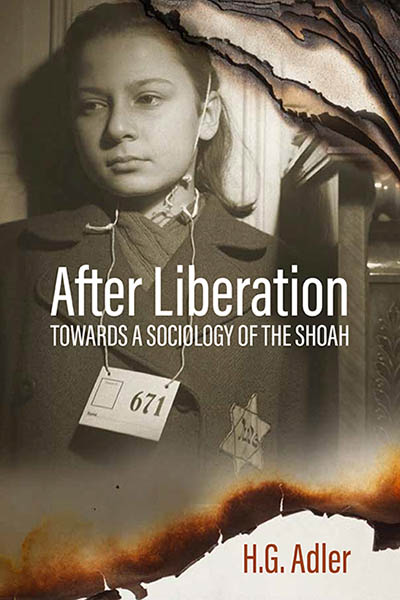 Published December 2023
Published December 2023  Forthcoming April 2026
Forthcoming April 2026 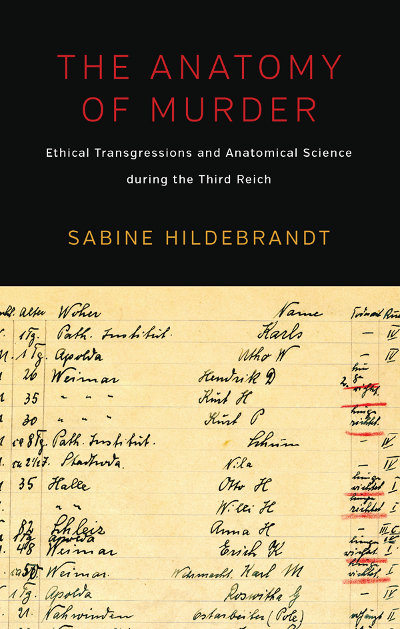 Published January 2016
Published January 2016 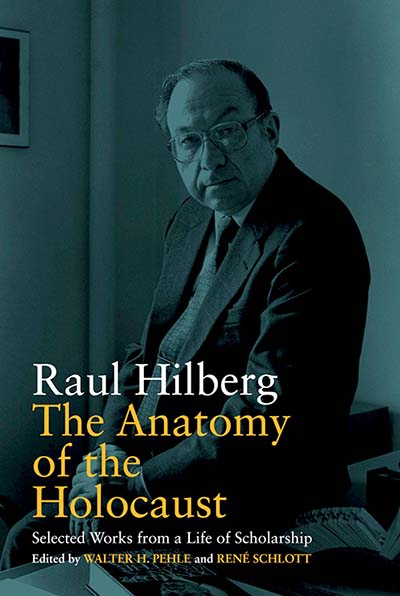 Published November 2019
Published November 2019 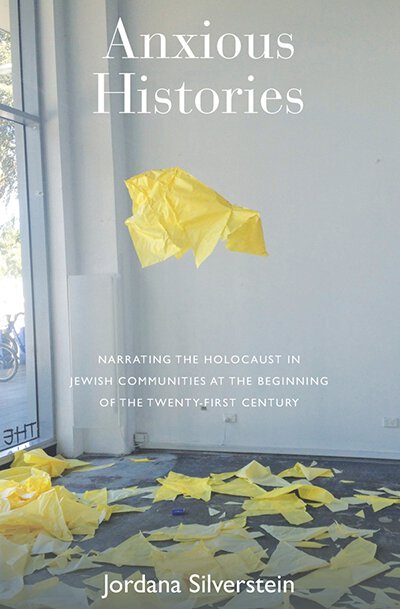 Published April 2015
Published April 2015 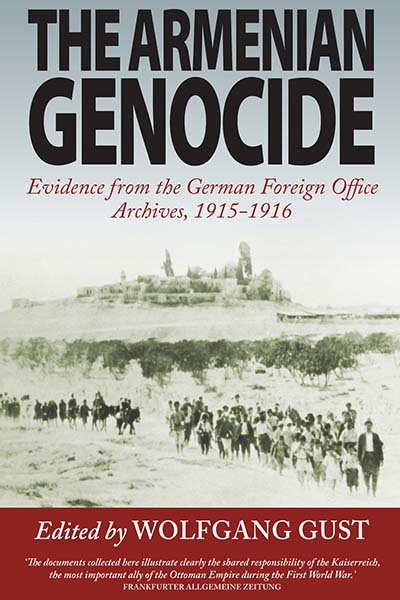 Published December 2013
Published December 2013 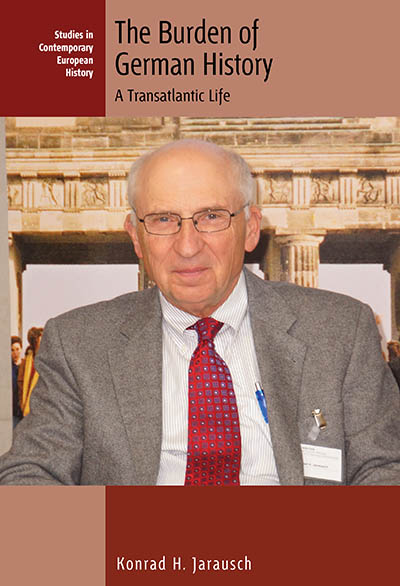 Published April 2023
Published April 2023 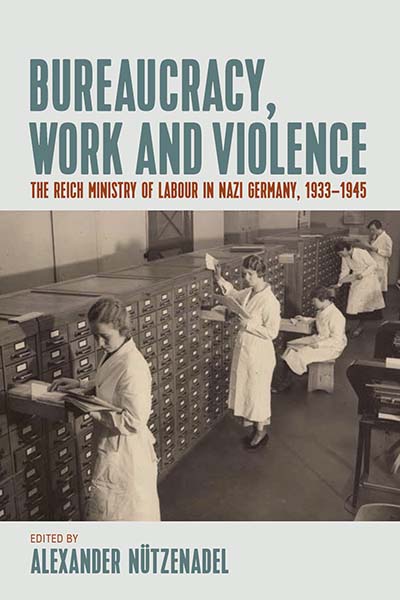 Published May 2020
Published May 2020 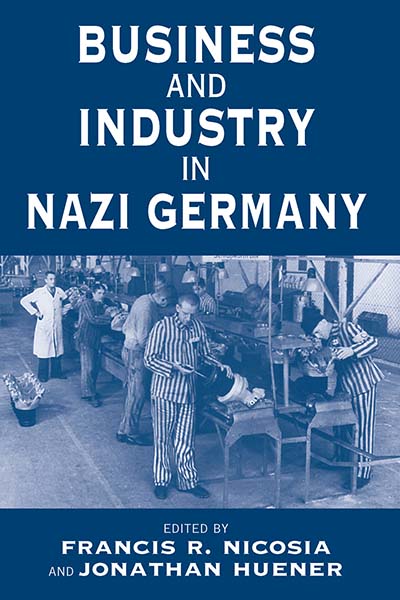 Published March 2004
Published March 2004 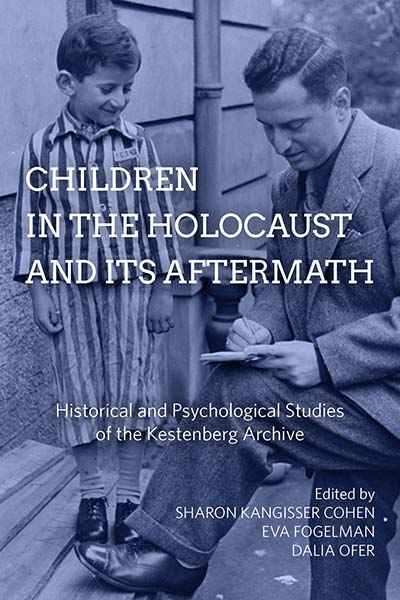 Published April 2017
Published April 2017 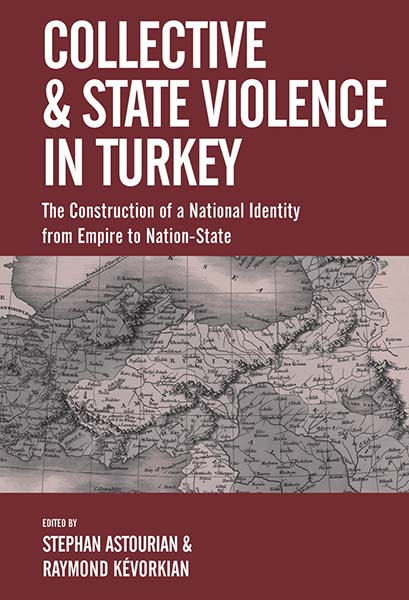 Published November 2020
Published November 2020 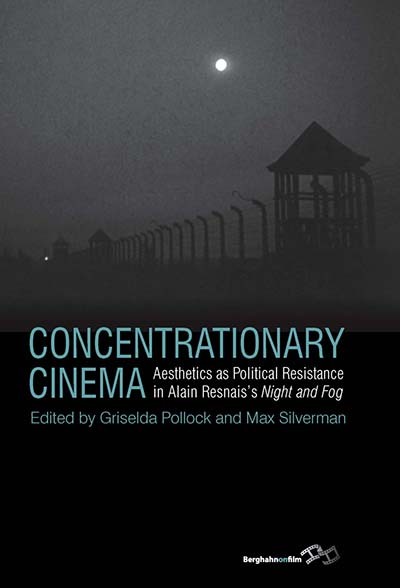 Published January 2012
Published January 2012 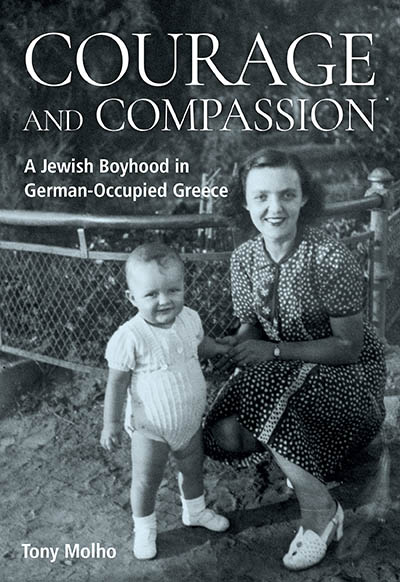 Published June 2024
Published June 2024 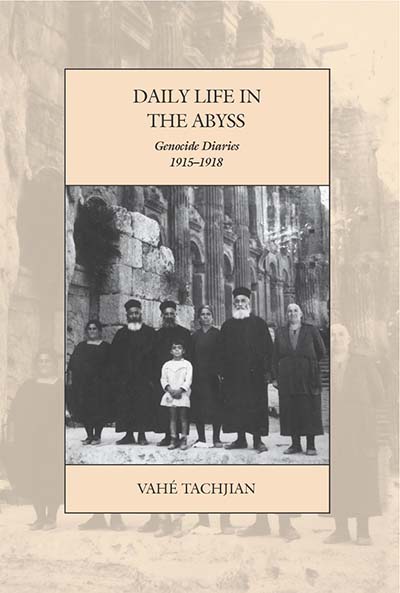 Published May 2017
Published May 2017 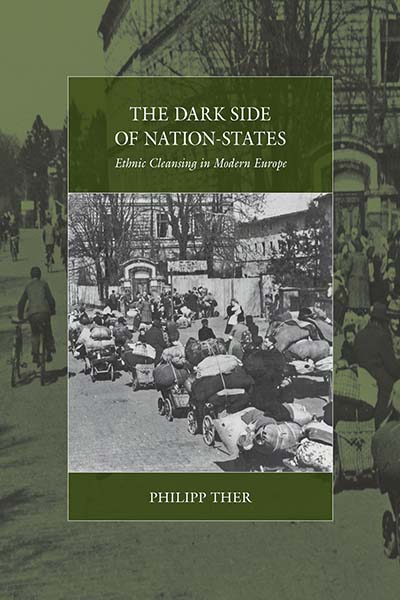 Published May 2014
Published May 2014 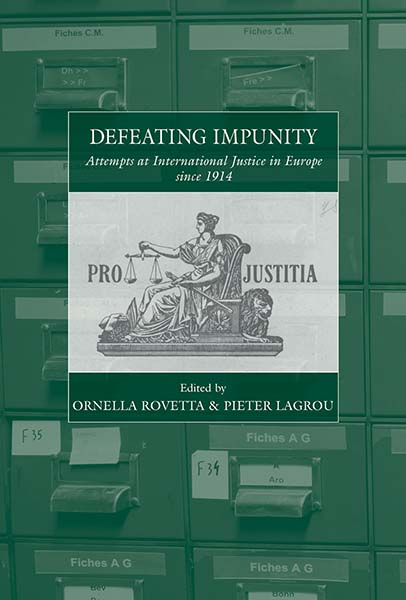 Published November 2021
Published November 2021 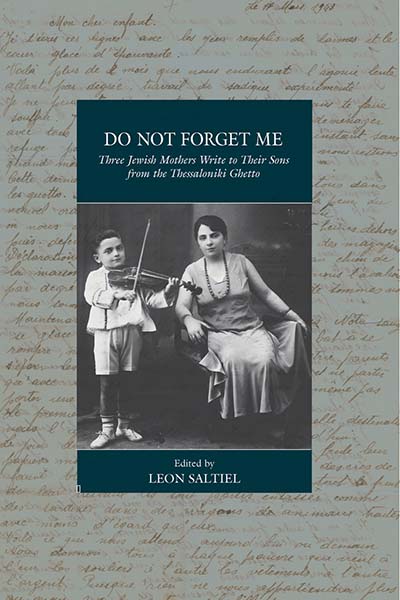 Published June 2021
Published June 2021 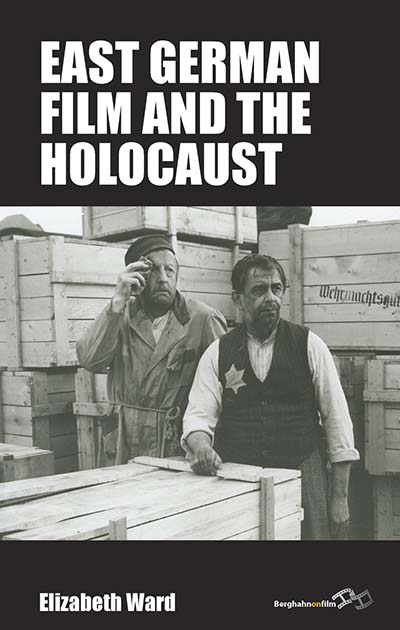 Published April 2021
Published April 2021 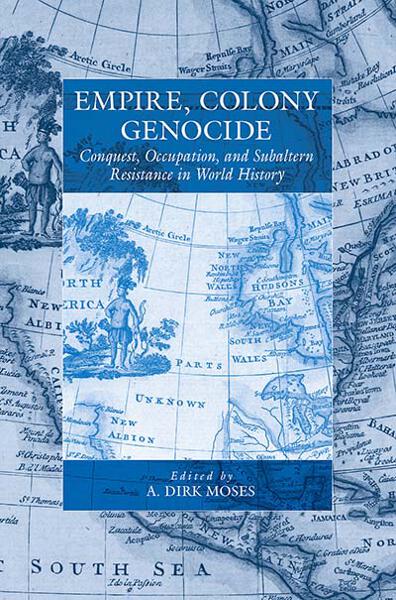 Published June 2008
Published June 2008 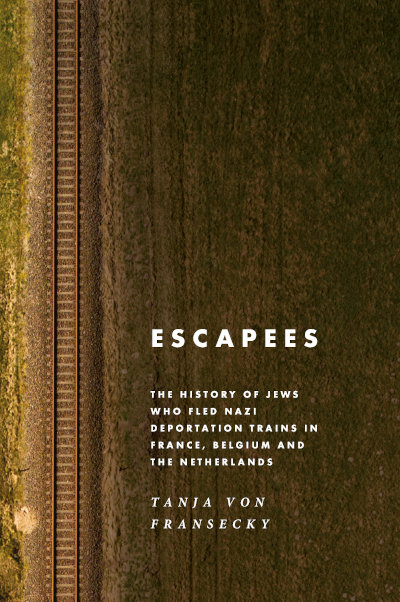 Published August 2019
Published August 2019 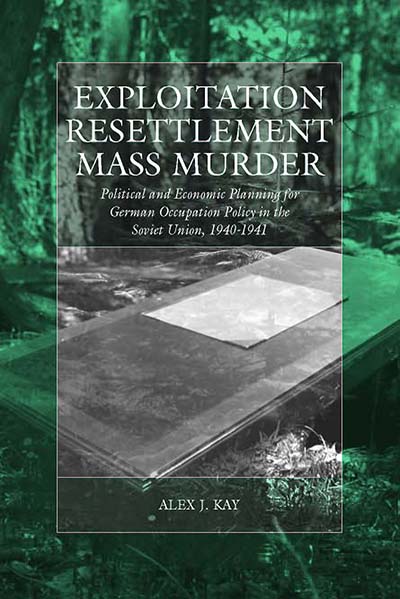 Published October 2006
Published October 2006 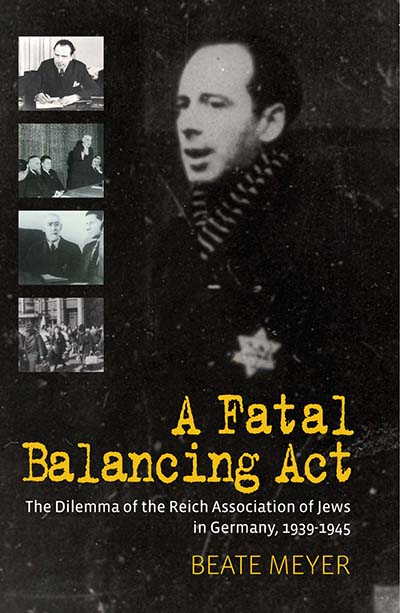 Published September 2013
Published September 2013 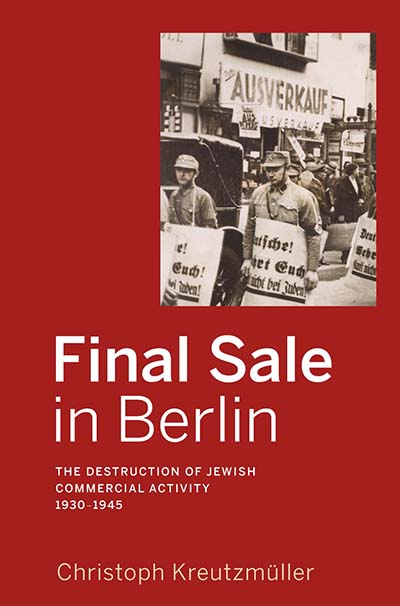 Published August 2015
Published August 2015 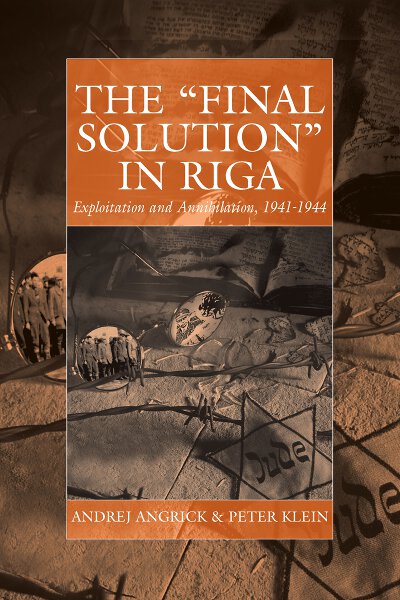 Published November 2009
Published November 2009  Forthcoming March 2026
Forthcoming March 2026  Published October 2025
Published October 2025 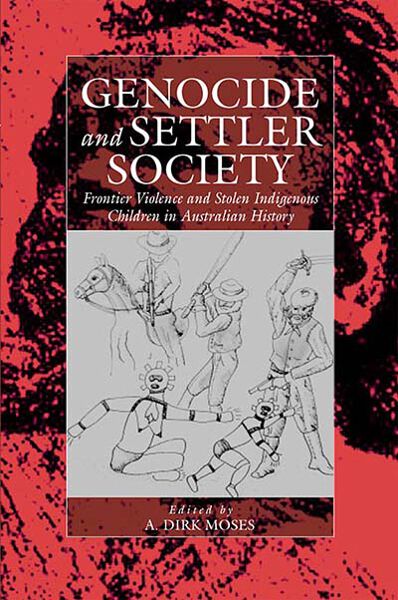 Published October 2004
Published October 2004 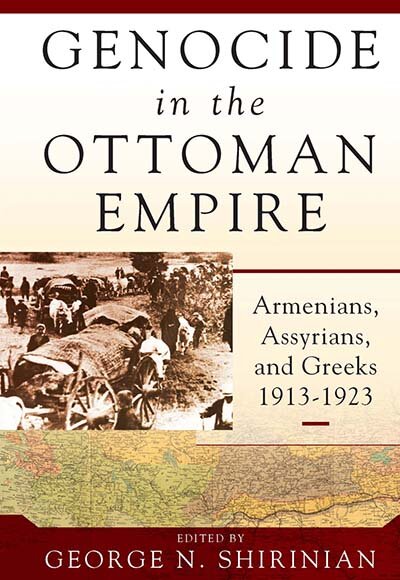 Published February 2017
Published February 2017 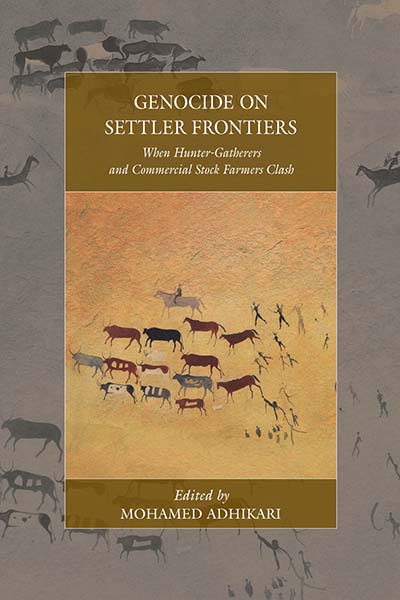 Published June 2015
Published June 2015  Published September 2025
Published September 2025  Published July 2025
Published July 2025 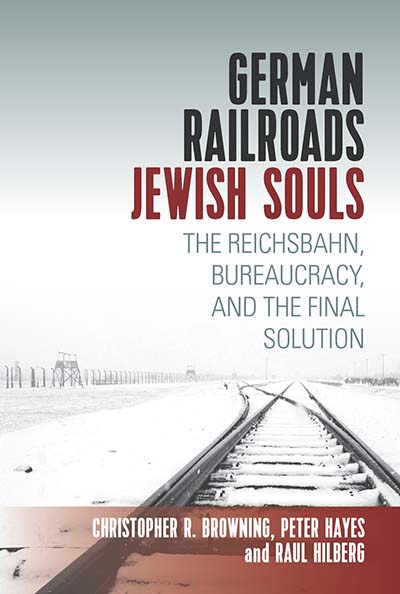 Published November 2019
Published November 2019 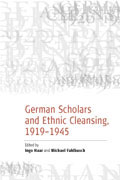 Published January 2005
Published January 2005 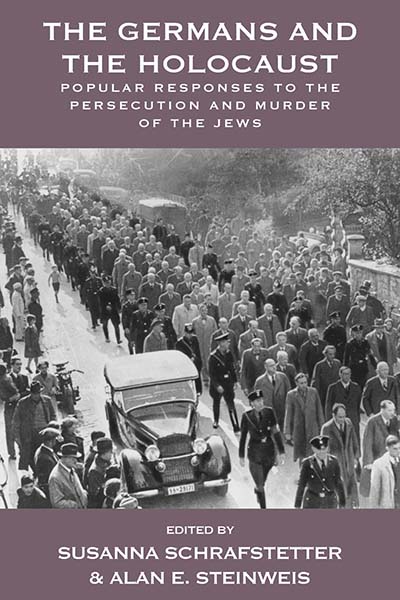 Published November 2015
Published November 2015  Published August 2024
Published August 2024 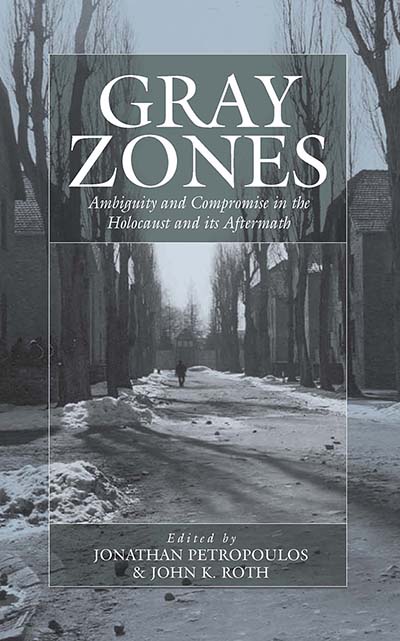 Published July 2005
Published July 2005 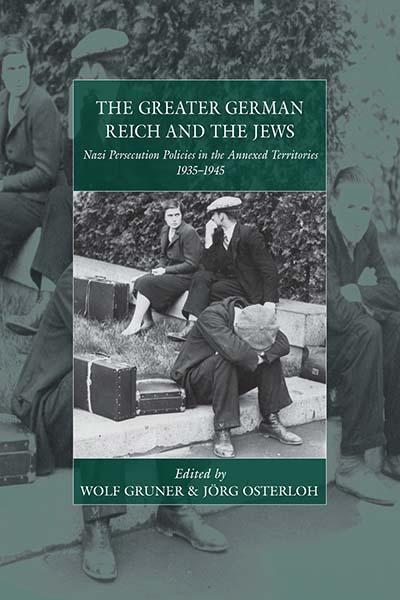 Published January 2015
Published January 2015  Published June 2025
Published June 2025 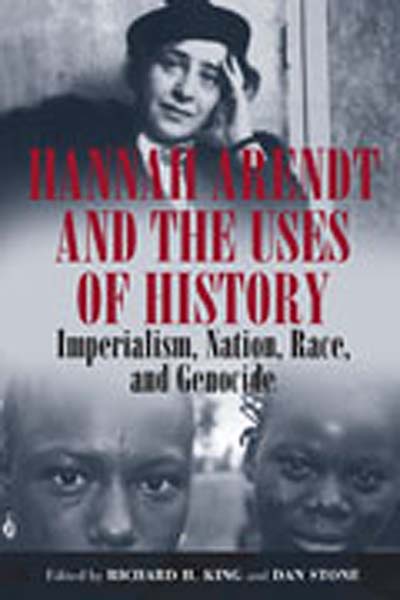 Published December 2007
Published December 2007 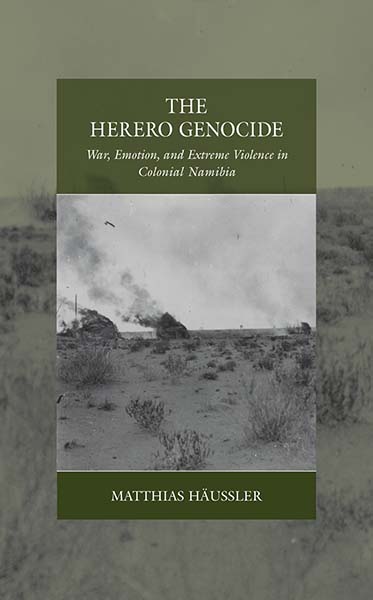 Published April 2021
Published April 2021 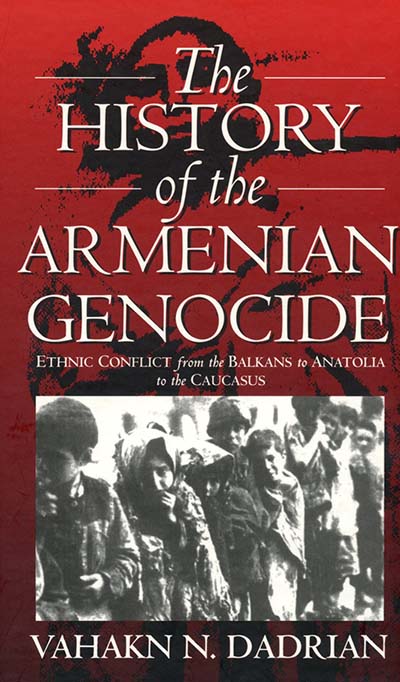 Published December 2003
Published December 2003  Published December 2025
Published December 2025 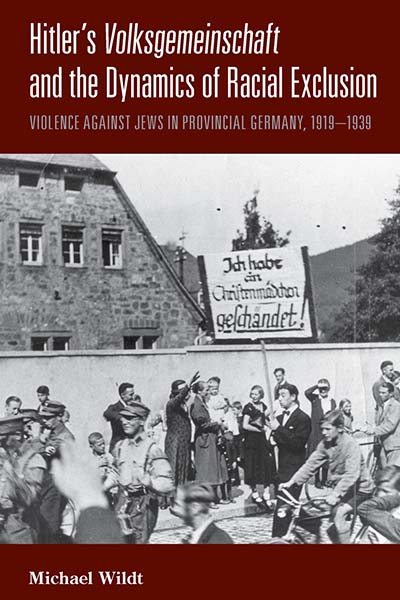 a July 2012
a July 2012 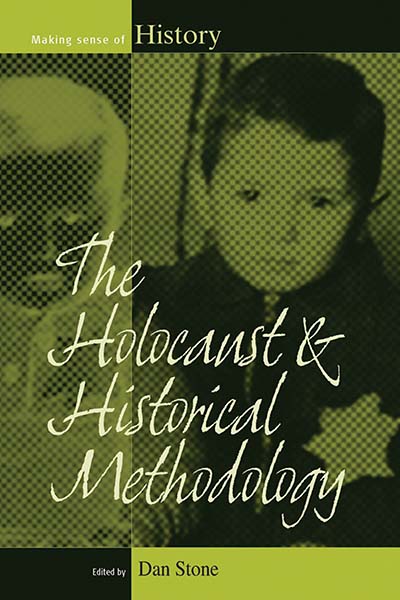 Published August 2012
Published August 2012 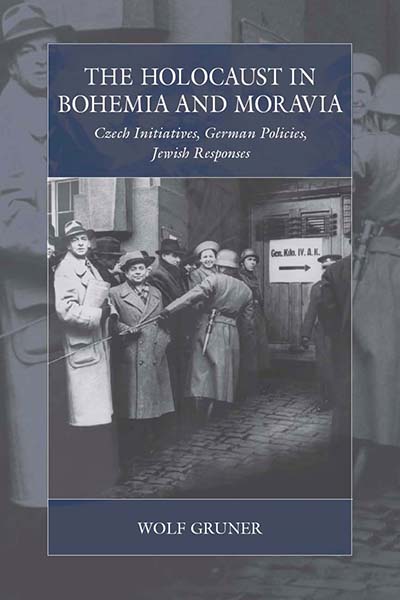 Published September 2019
Published September 2019 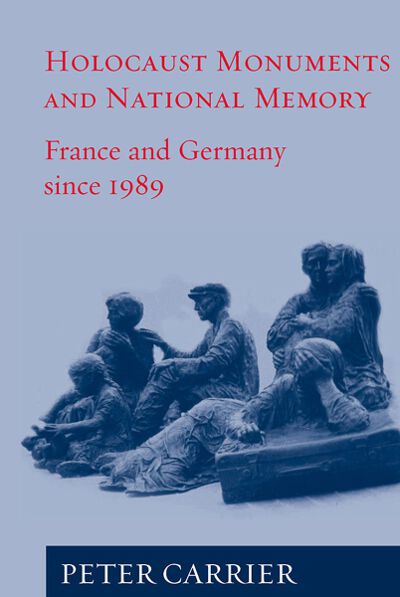 Published March 2005
Published March 2005 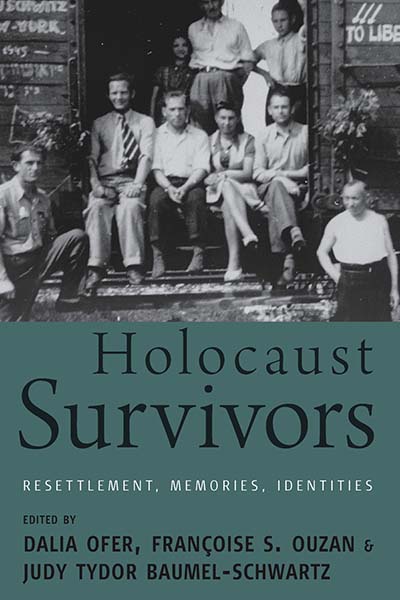 Published December 2011
Published December 2011  Forthcoming June 2026
Forthcoming June 2026 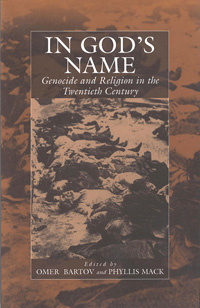 Published April 2001
Published April 2001 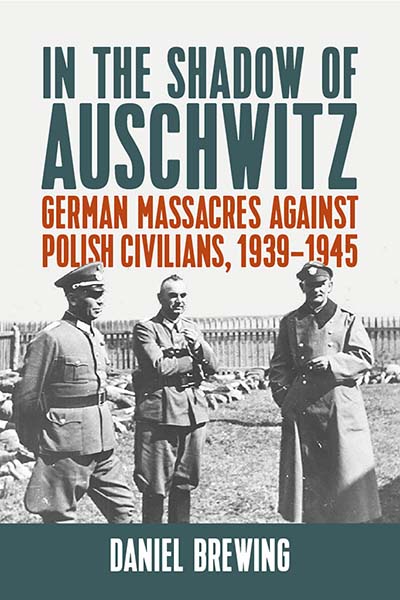 Published June 2022
Published June 2022 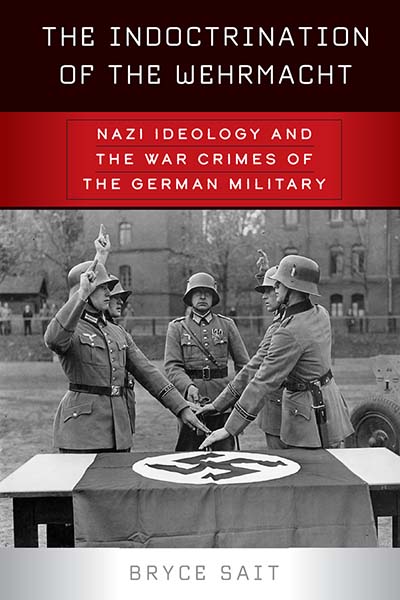 Published March 2019
Published March 2019 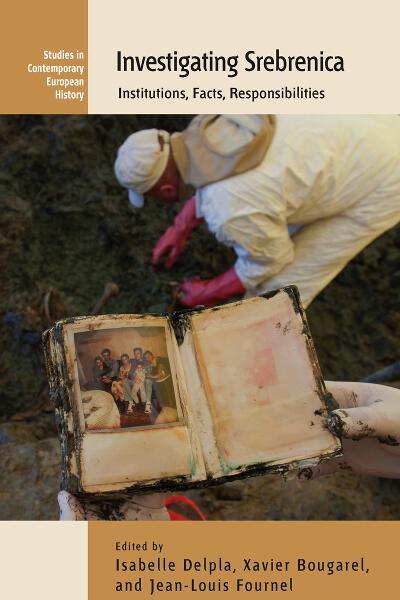 Published June 2012
Published June 2012 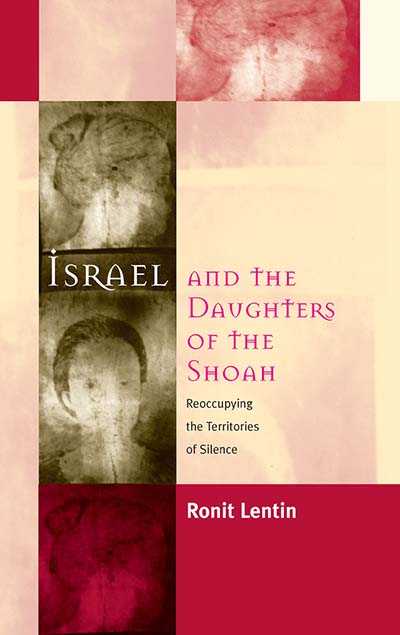 Published October 2000
Published October 2000 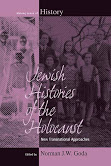 Published September 2014
Published September 2014 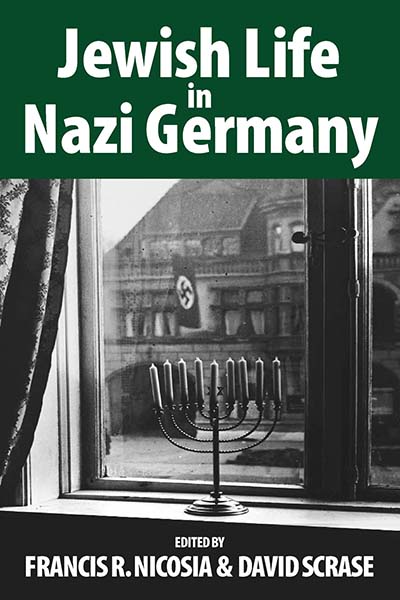 Published July 2010
Published July 2010 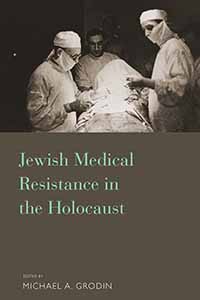 Published September 2014
Published September 2014  Forthcoming April 2026
Forthcoming April 2026 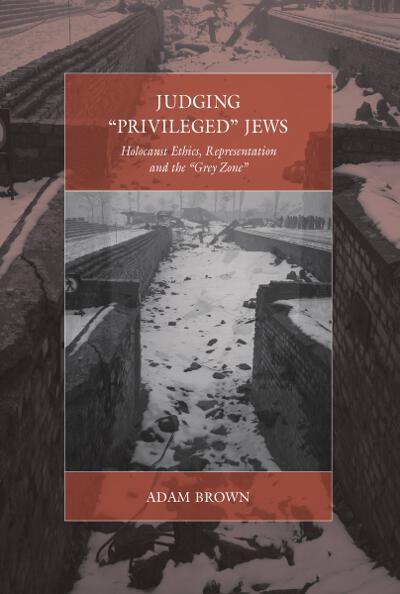 Published July 2013
Published July 2013 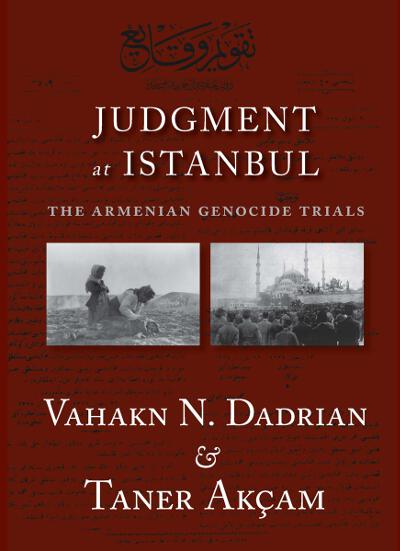 Published December 2011
Published December 2011 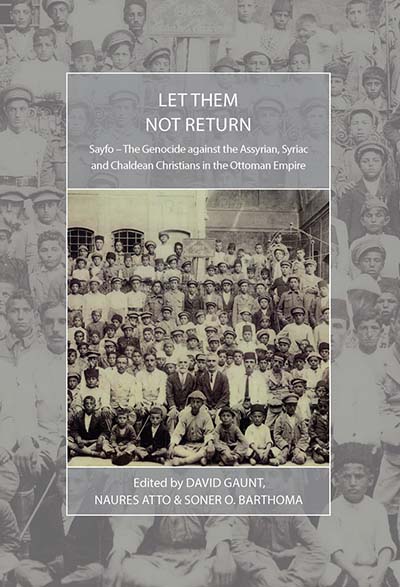 Published May 2017
Published May 2017 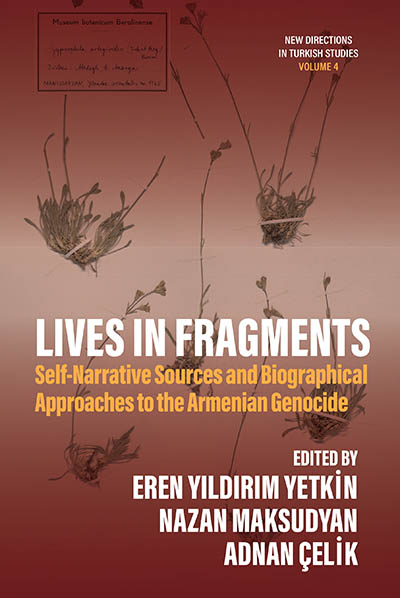 Forthcoming February 2026
Forthcoming February 2026 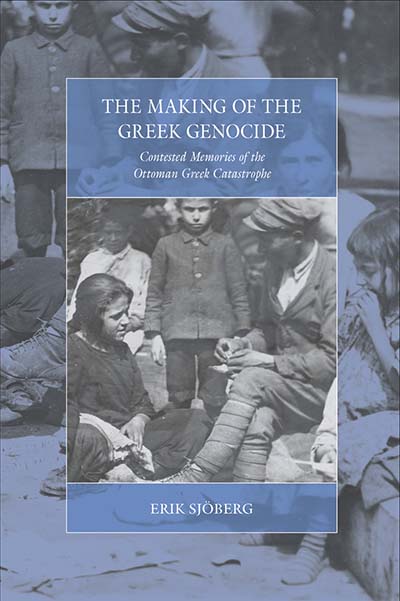 Published November 2016
Published November 2016 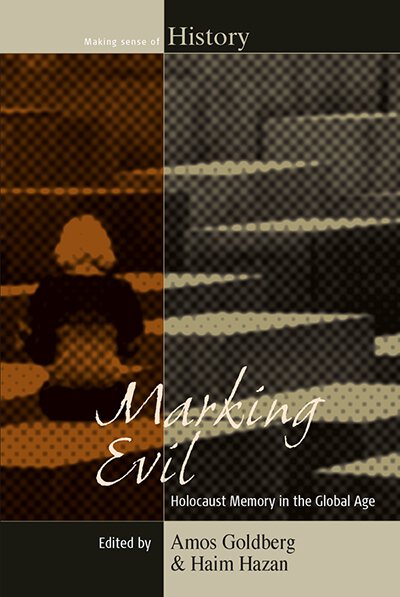 Published May 2015
Published May 2015  Published August 1999
Published August 1999 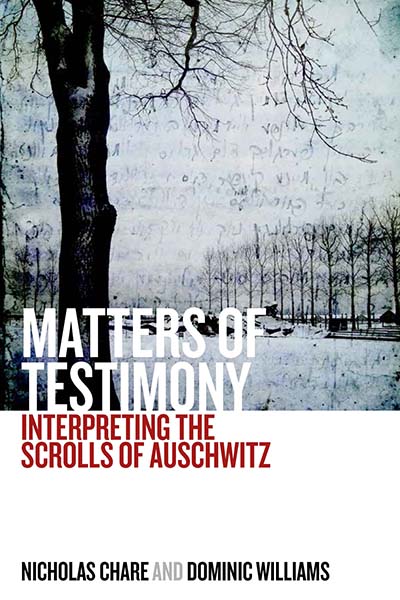 Published December 2015
Published December 2015 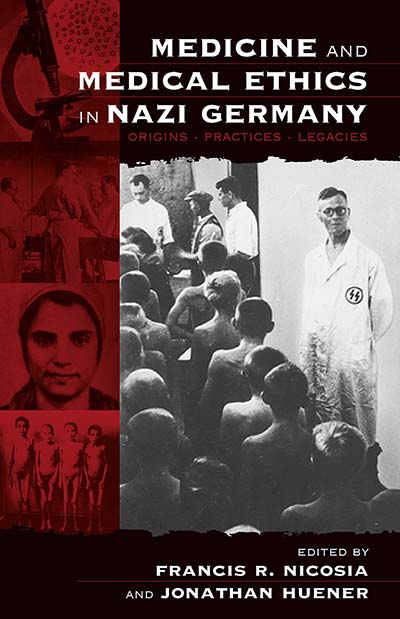 Published May 2002
Published May 2002 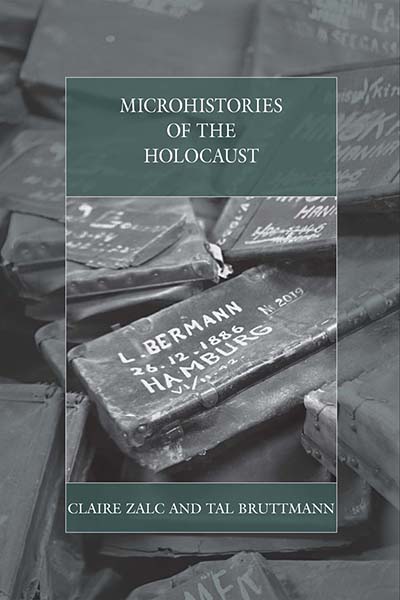 Published December 2016
Published December 2016 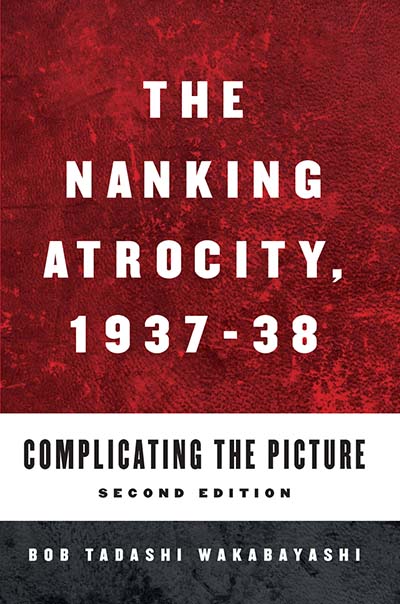 Published August 2017
Published August 2017 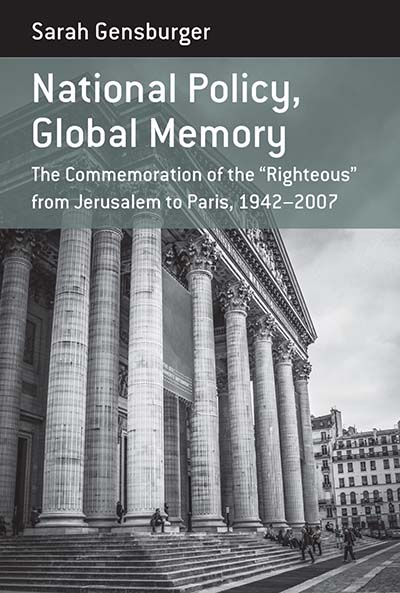 Published July 2016
Published July 2016 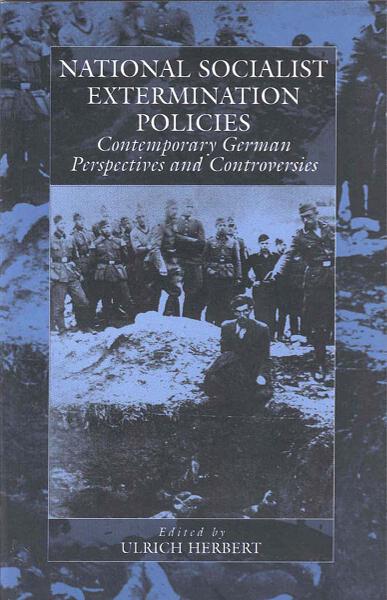 Published January 2000
Published January 2000 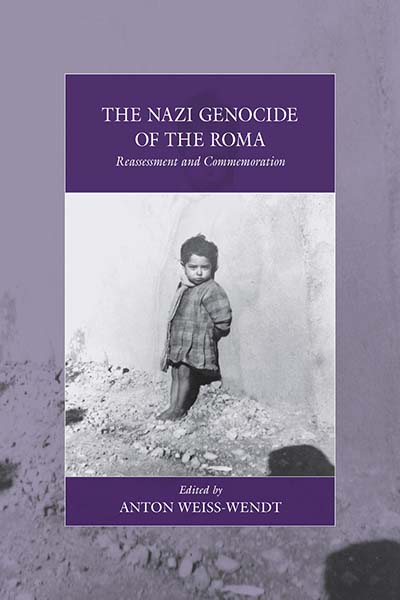 Published June 2013
Published June 2013 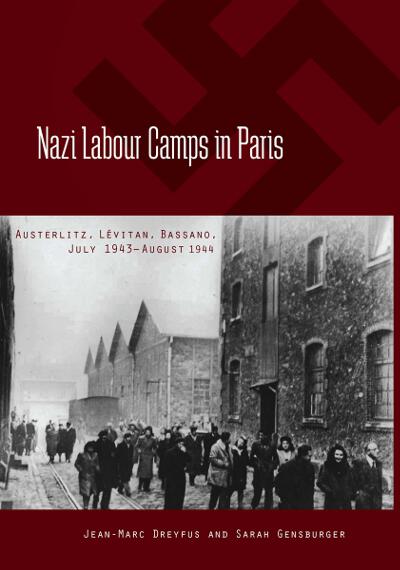 Published September 2011
Published September 2011 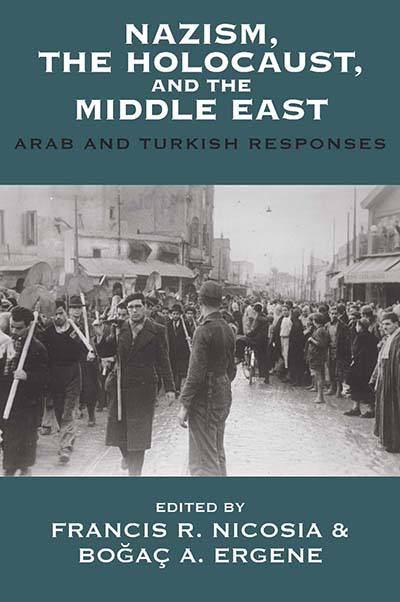 Published January 2018
Published January 2018 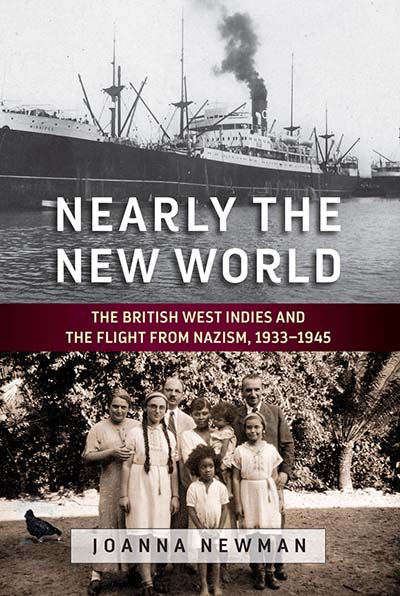 Published September 2019
Published September 2019 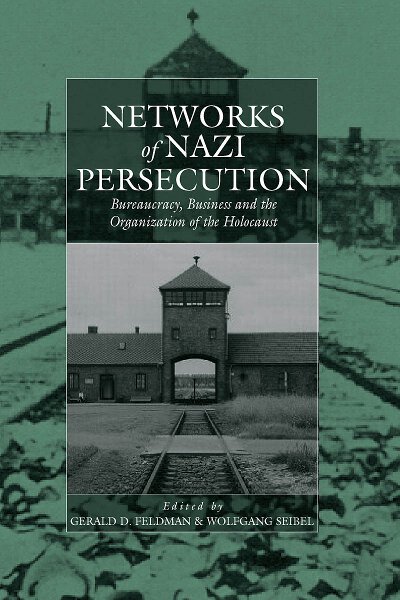 Published December 2004
Published December 2004 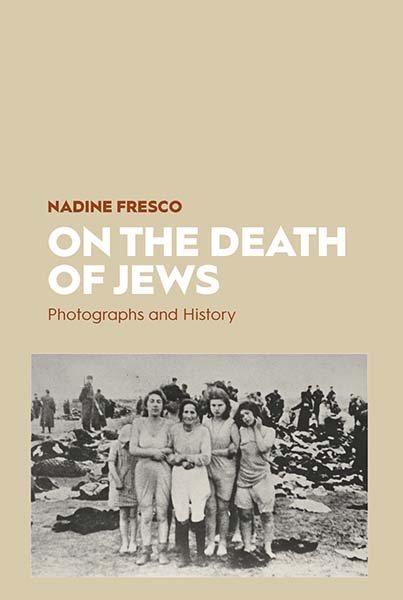 Published March 2021
Published March 2021 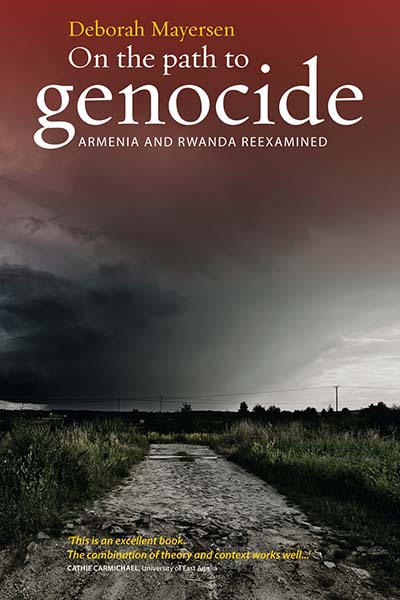 Published April 2014
Published April 2014  Published November 2024
Published November 2024 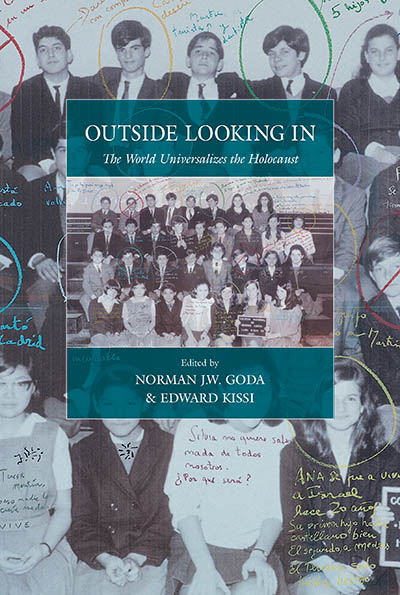 Forthcoming January 2026
Forthcoming January 2026 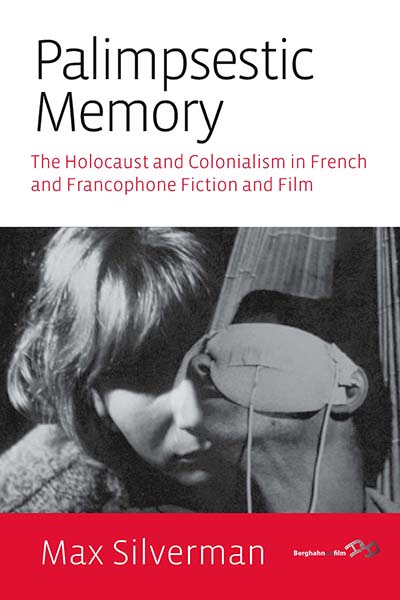 Published February 2013
Published February 2013  Published October 2017
Published October 2017  Published April 2025
Published April 2025 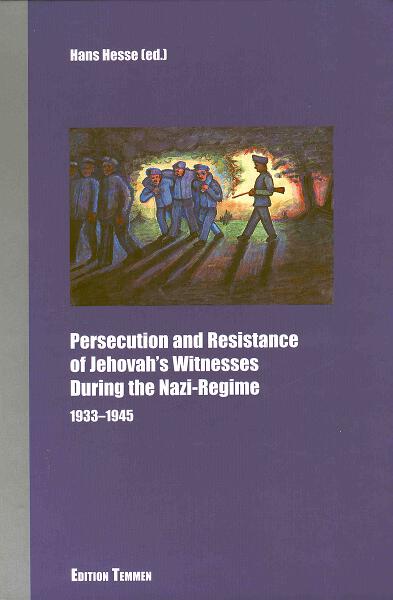 Published November 2002
Published November 2002 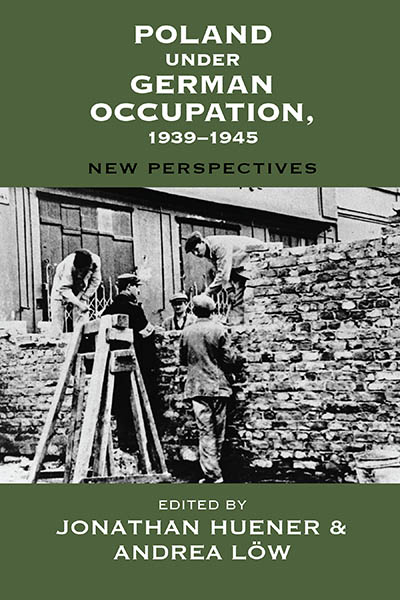 Published January 2024
Published January 2024 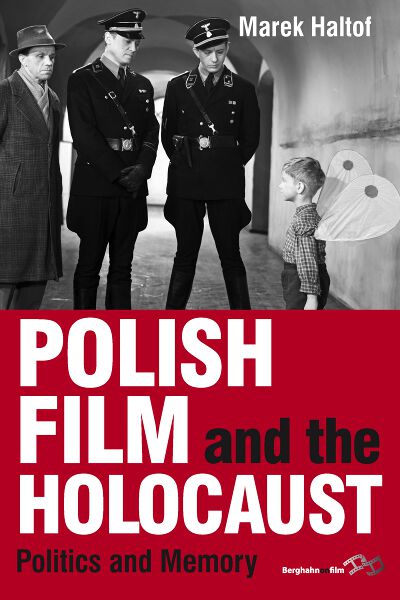 Published January 2012
Published January 2012 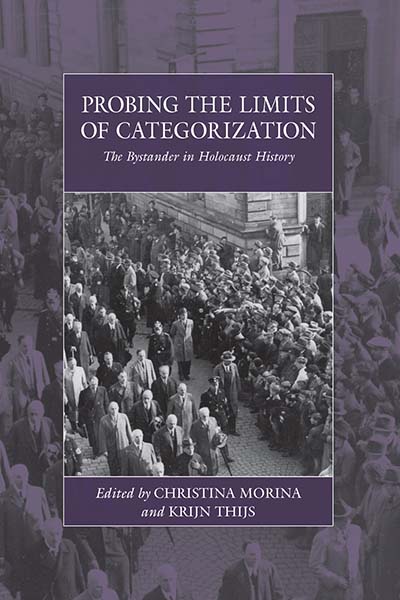 Published November 2018
Published November 2018 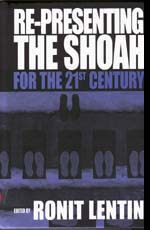 Published February 2004
Published February 2004 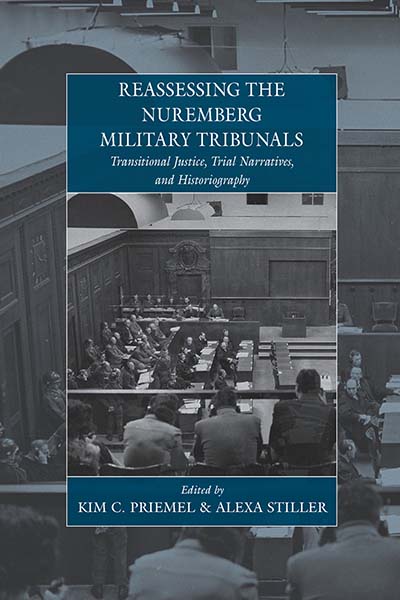 Published August 2012
Published August 2012 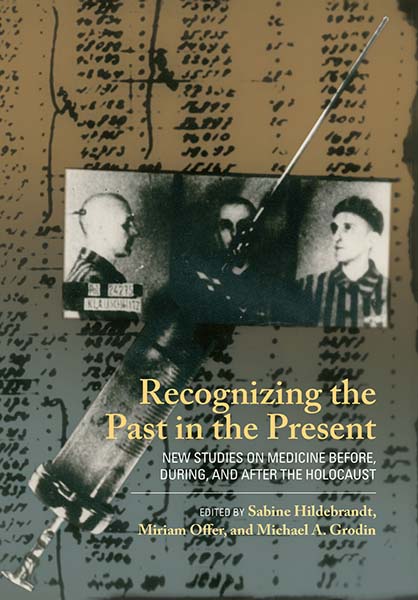 Published December 2020
Published December 2020  Forthcoming February 2026
Forthcoming February 2026 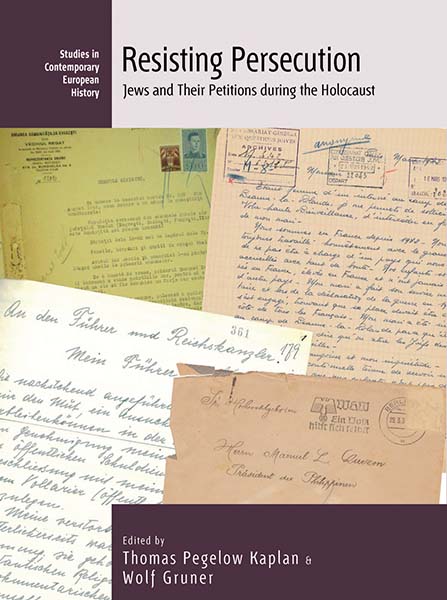 Published June 2020
Published June 2020 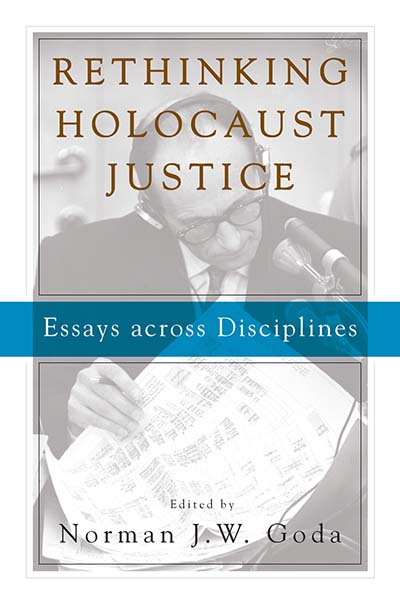 Published December 2017
Published December 2017 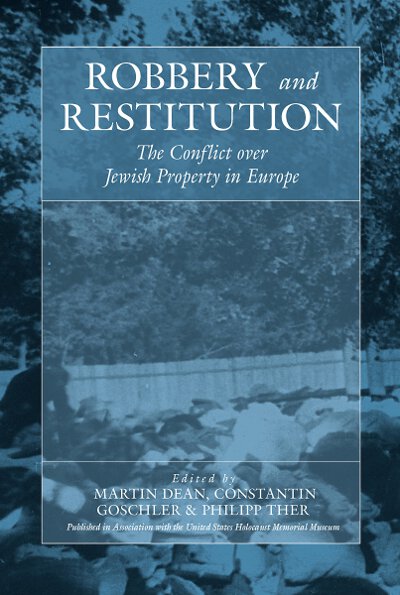 Published May 2007
Published May 2007 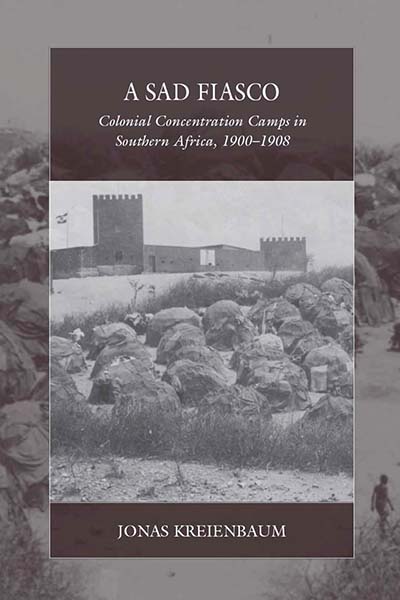 Published September 2019
Published September 2019 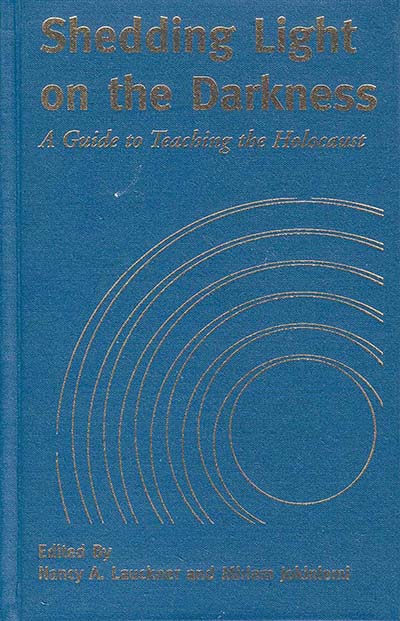 Published September 2000
Published September 2000 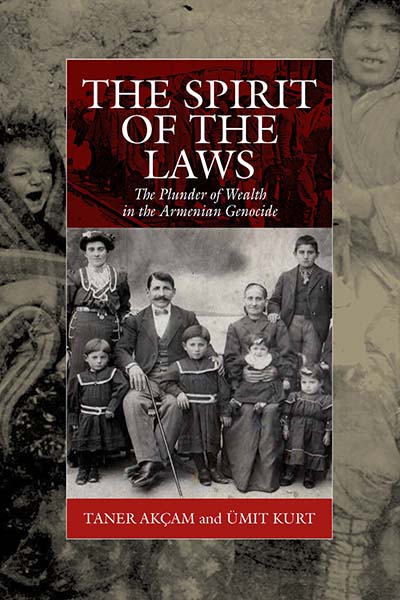 Published July 2015
Published July 2015 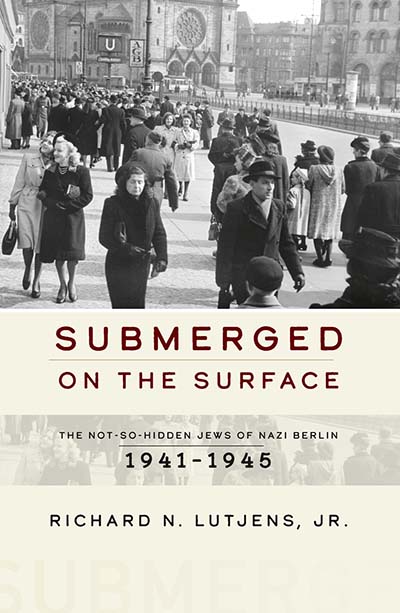 Published September 2019
Published September 2019  Published December 2001
Published December 2001 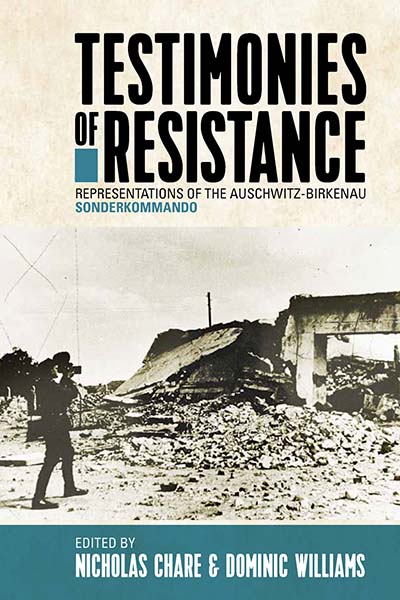 Published September 2019
Published September 2019 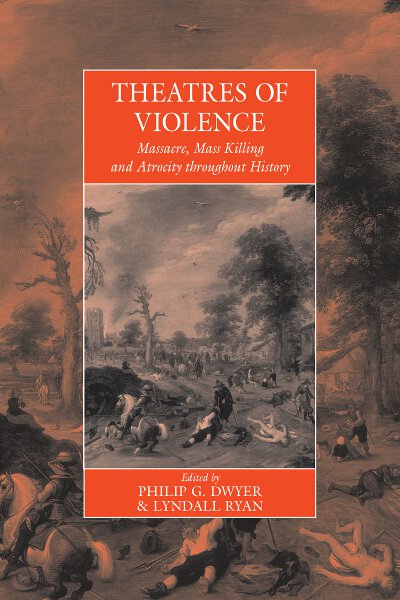 Published April 2012
Published April 2012 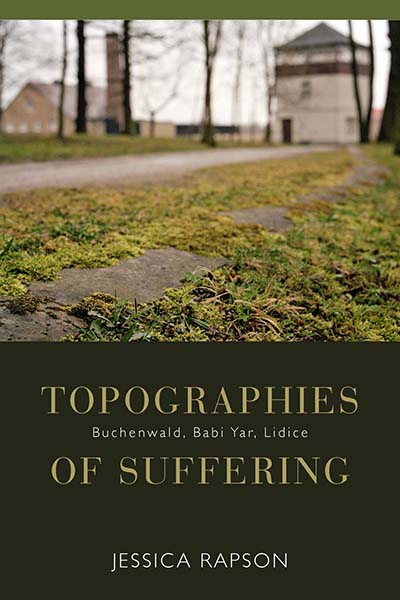 Published August 2015
Published August 2015 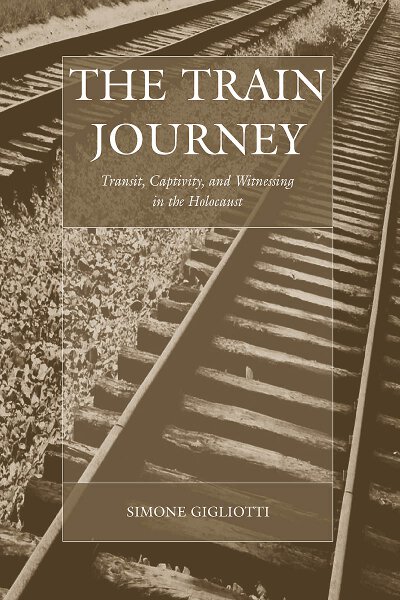 Published July 2009
Published July 2009 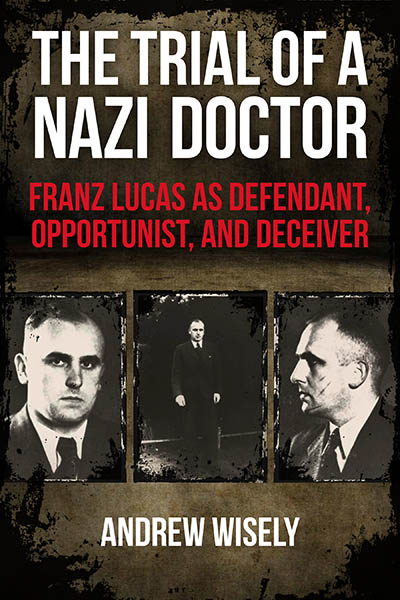 Published May 2024
Published May 2024 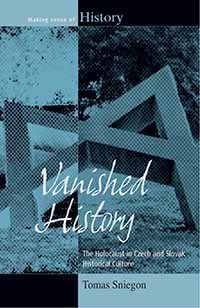 Published May 2014
Published May 2014  Forthcoming April 2026
Forthcoming April 2026 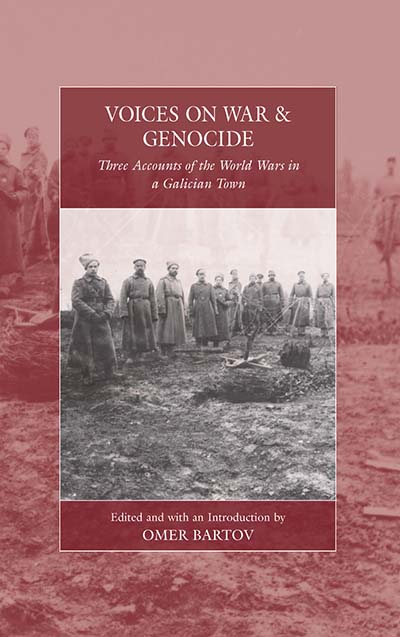 Published June 2020
Published June 2020 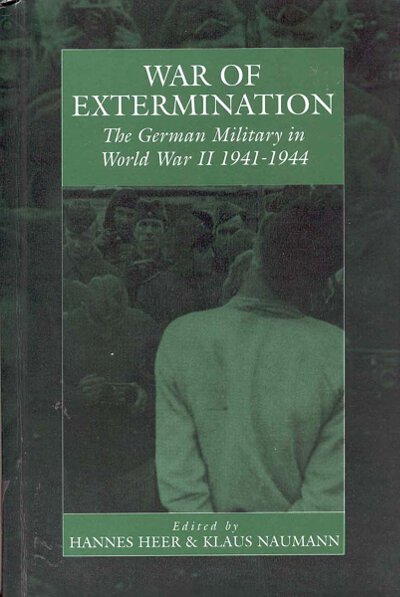 Published October 2000
Published October 2000 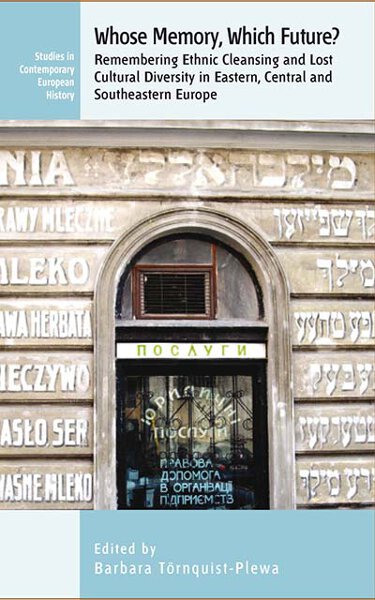 Published April 2016
Published April 2016 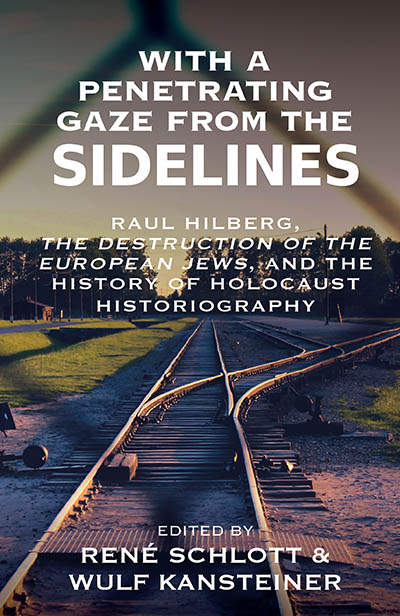 Forthcoming February 2026
Forthcoming February 2026 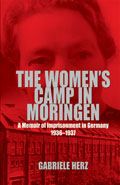 Published January 2006
Published January 2006